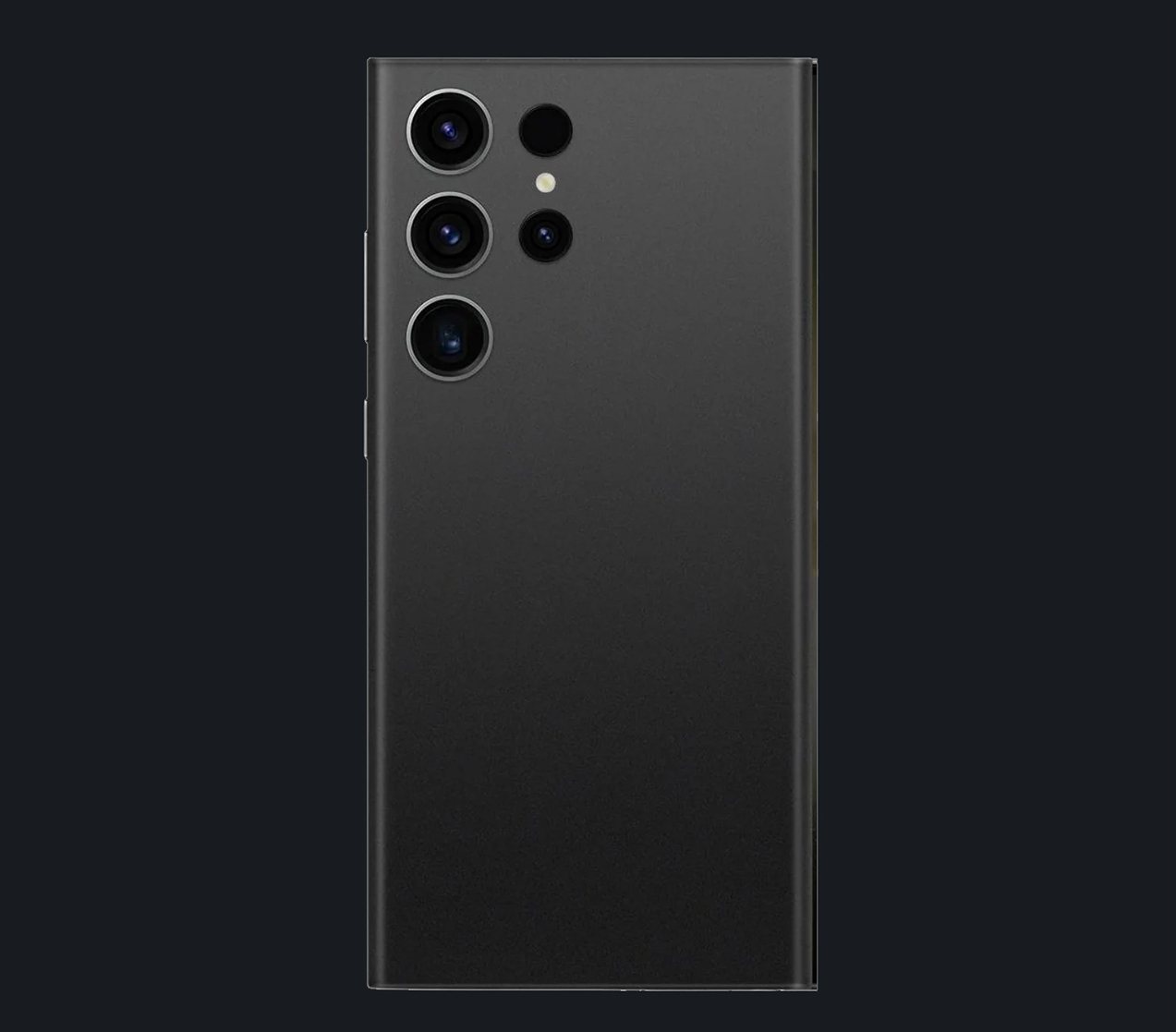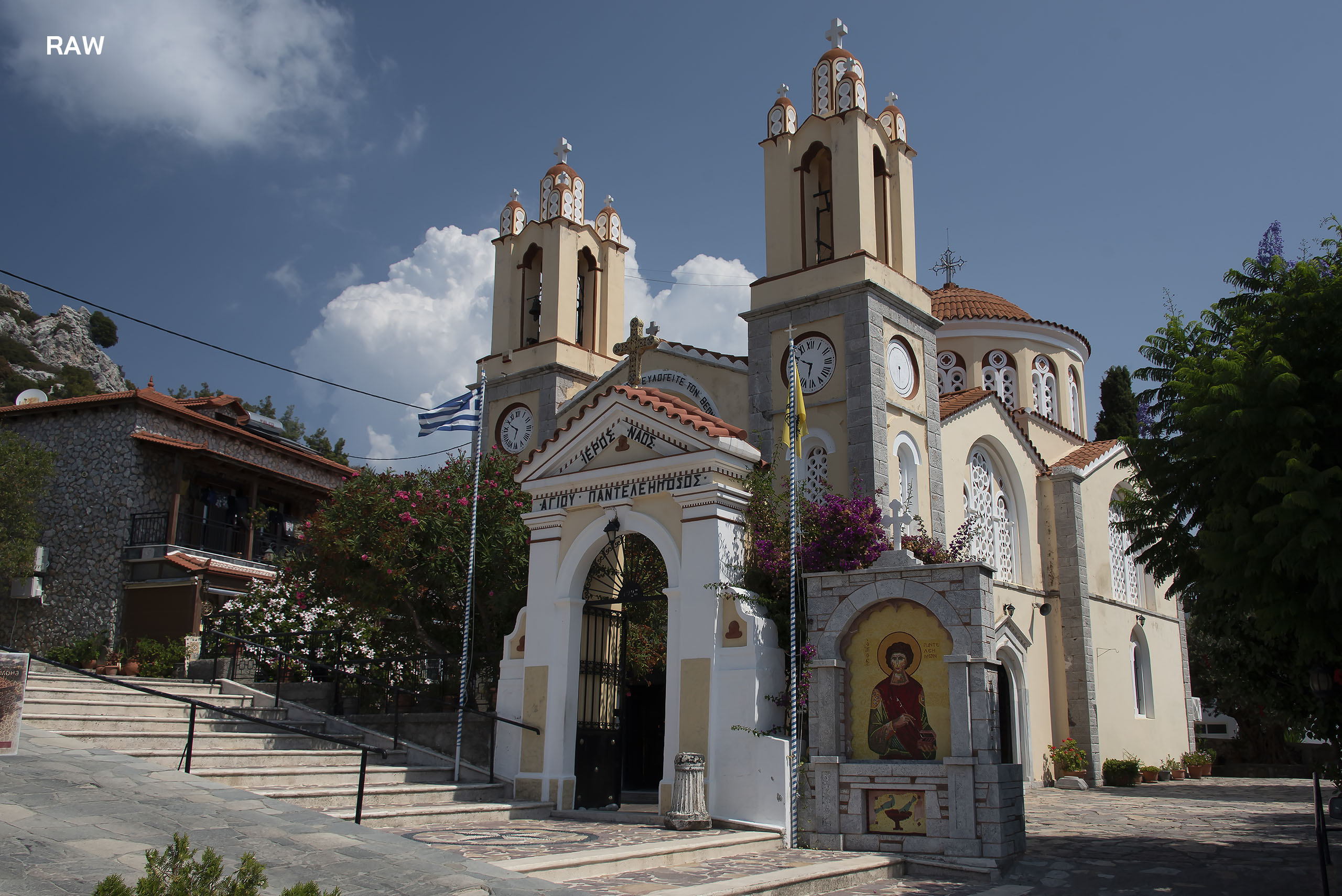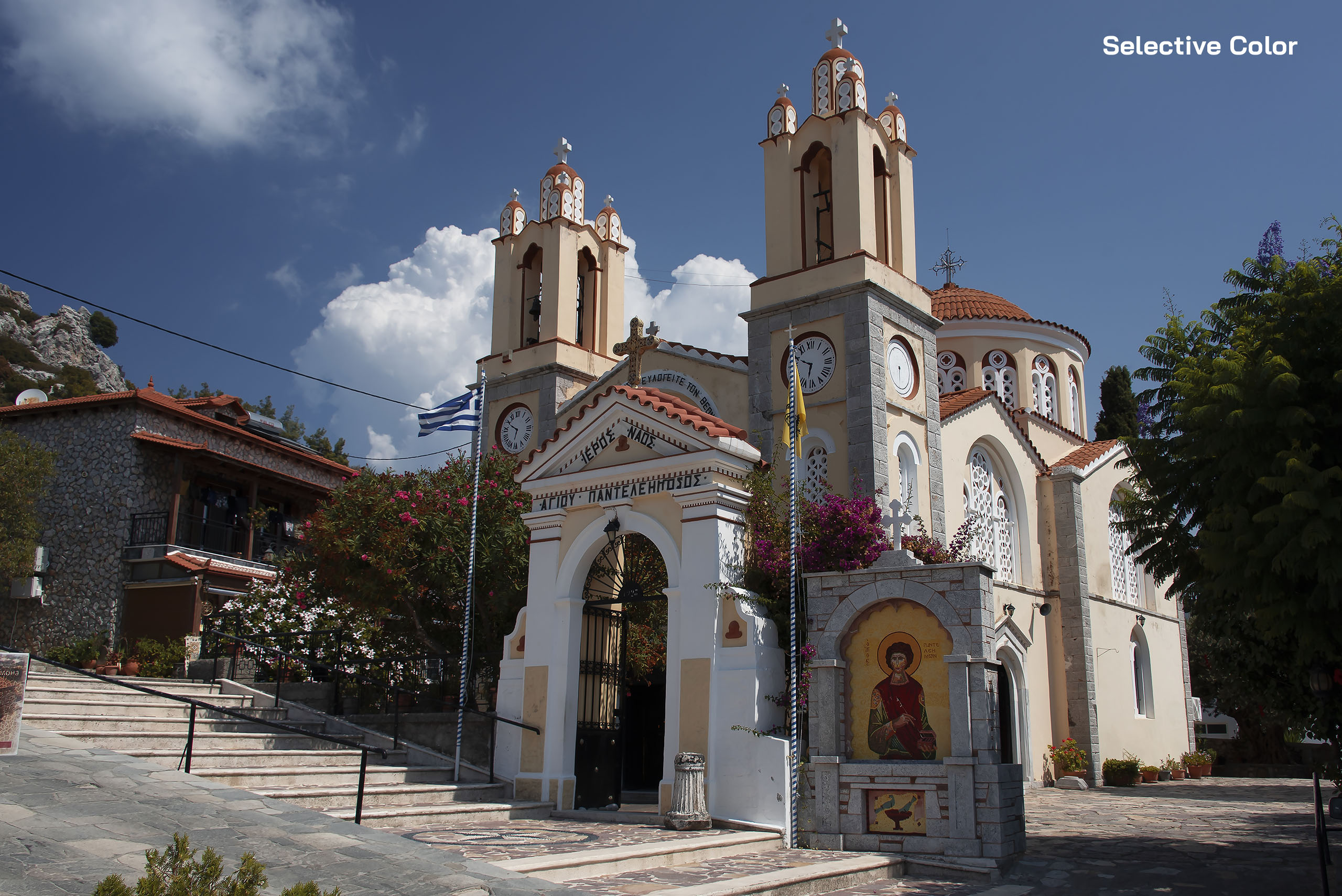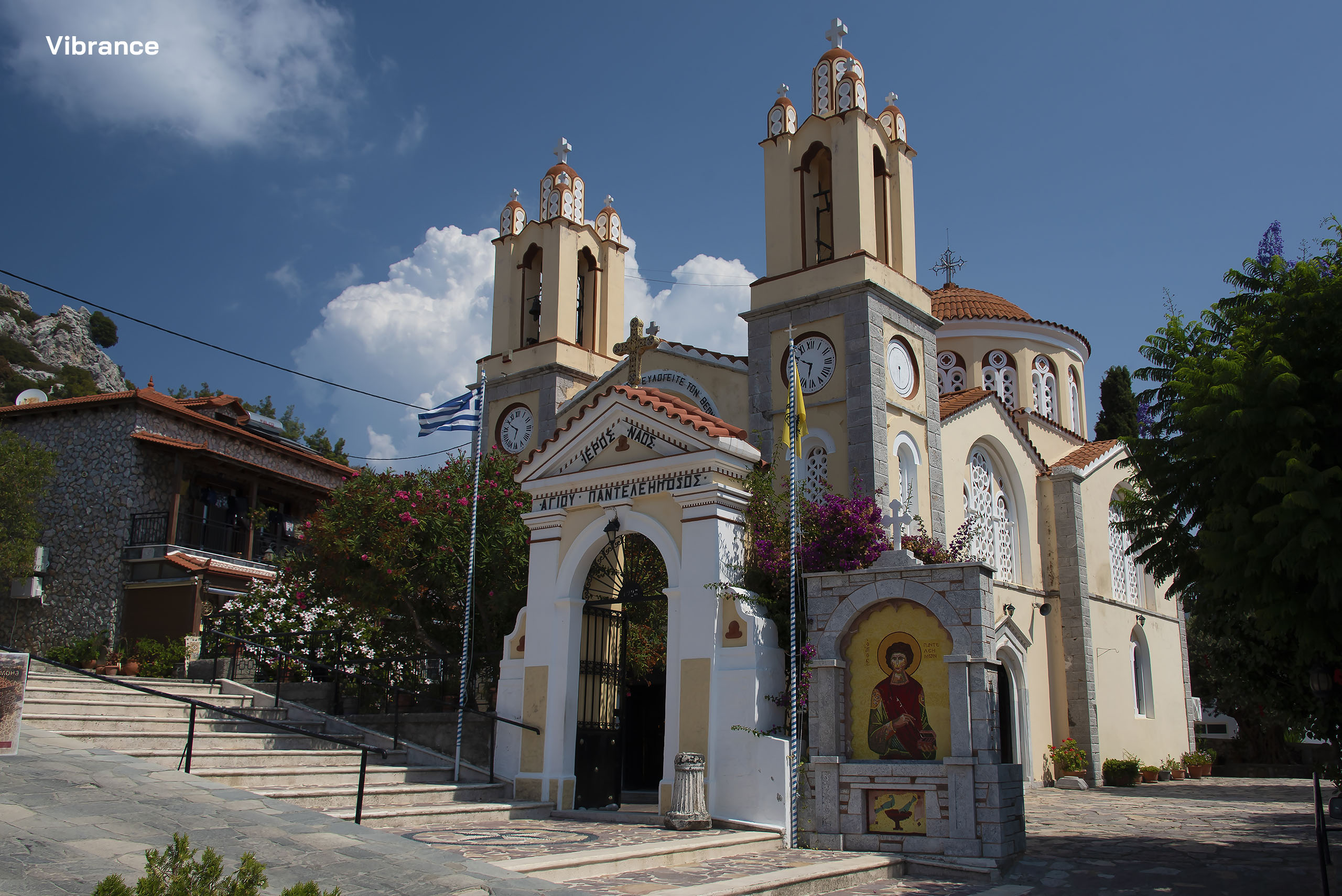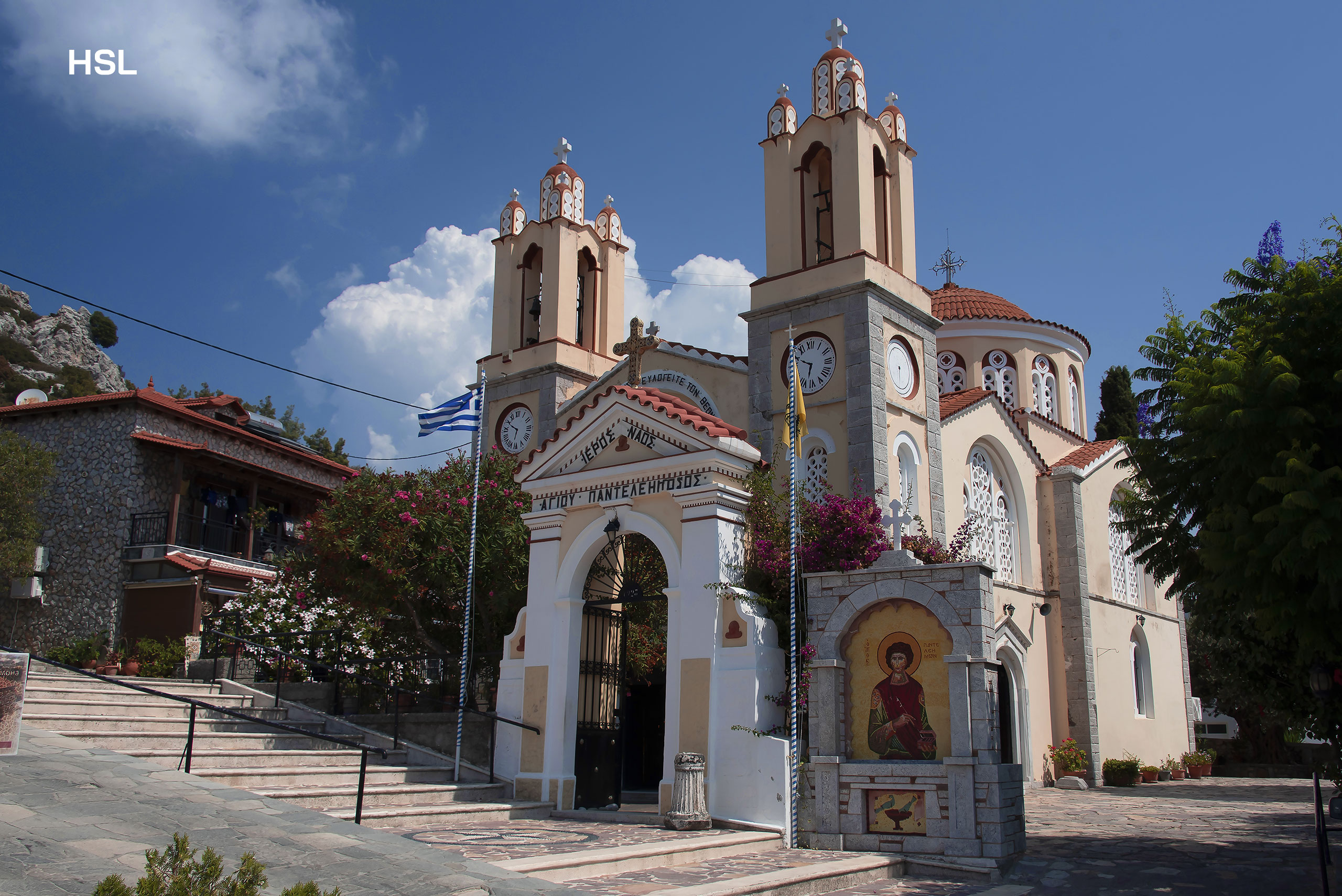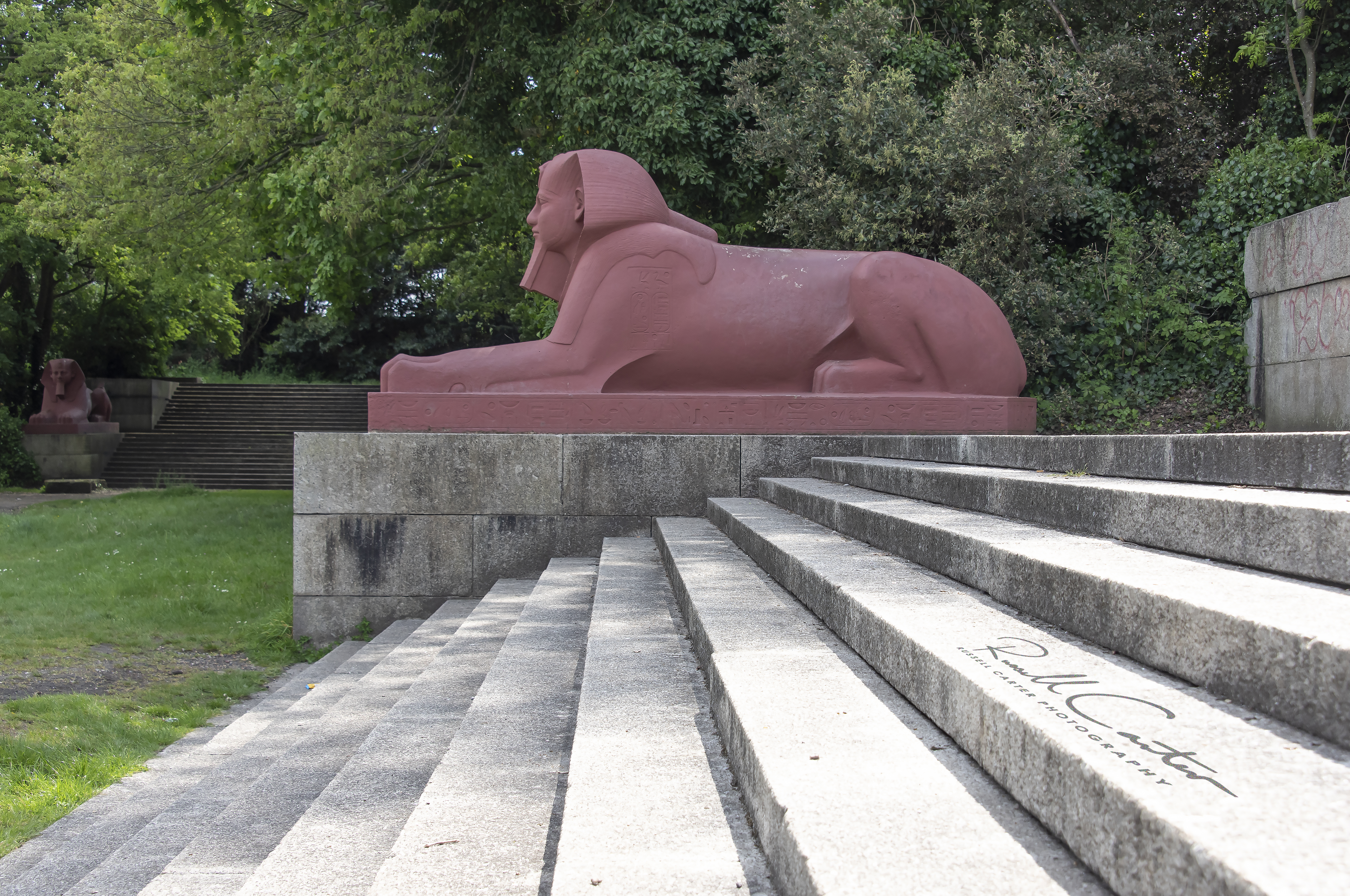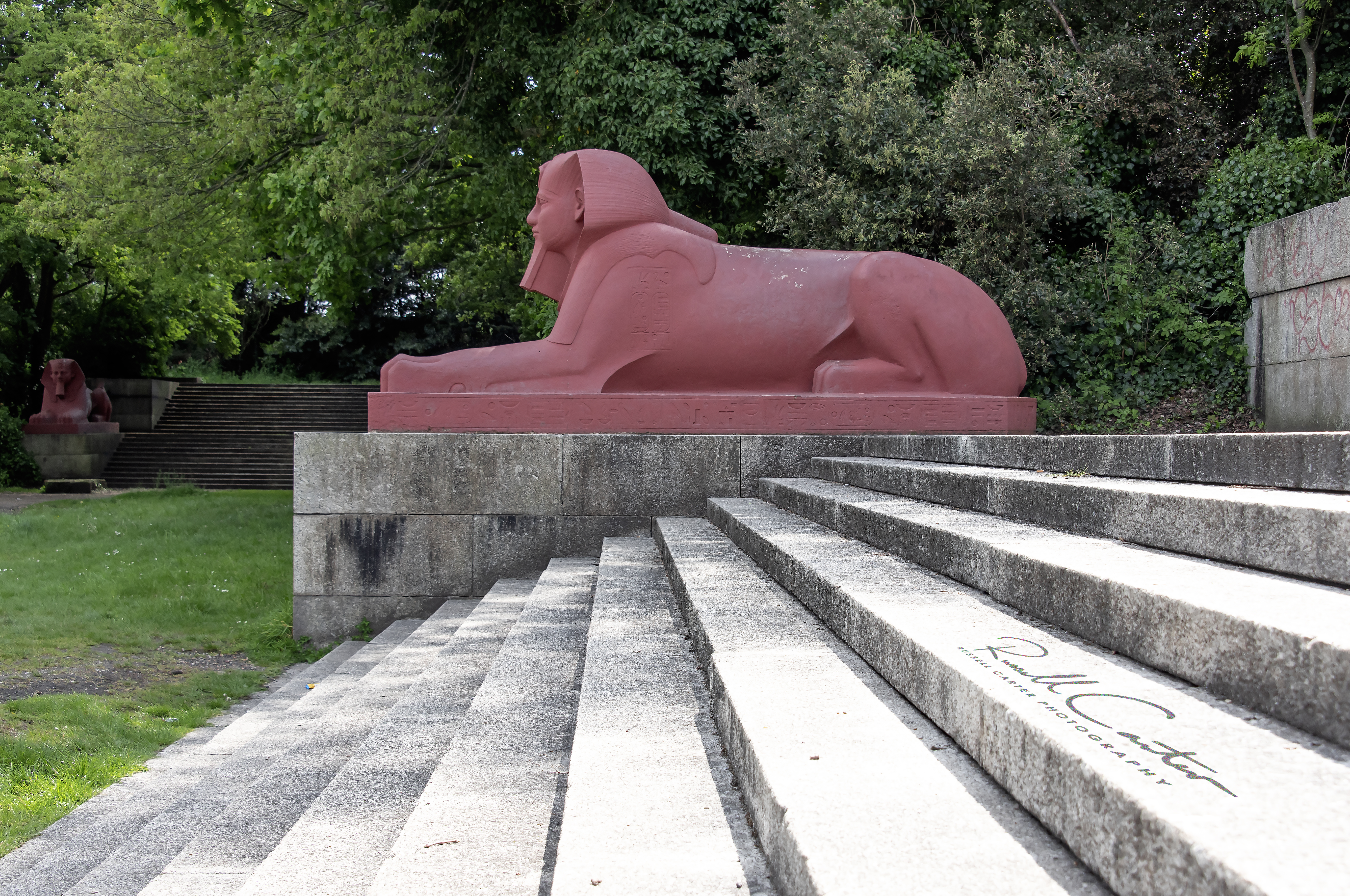Photography
Modified:
Introduction
I am passionate about photography. Whenever I go out with my family to interesting places, whether for a short bike ride around the neighbourhood, a day out to the countryside, or abroad on holiday, I always take one or more cameras with me, looking for interesting subjects and scenes to capture.
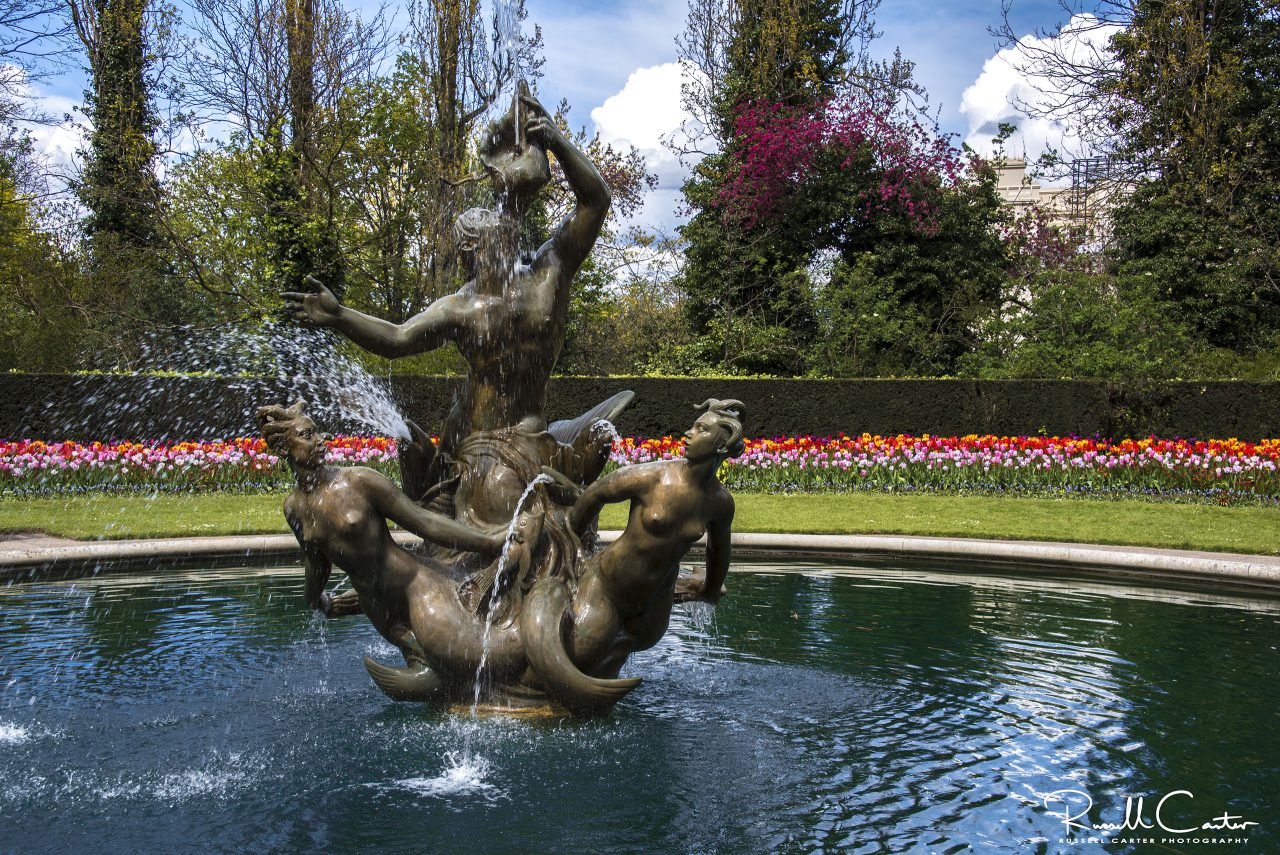
My favourite areas of photography are wildlife, landscapes, panoramas, architecture, sunsets, random objects, and any natural scenes I find. I don’t limit myself to those, but they tend to be what I take photos of the most.
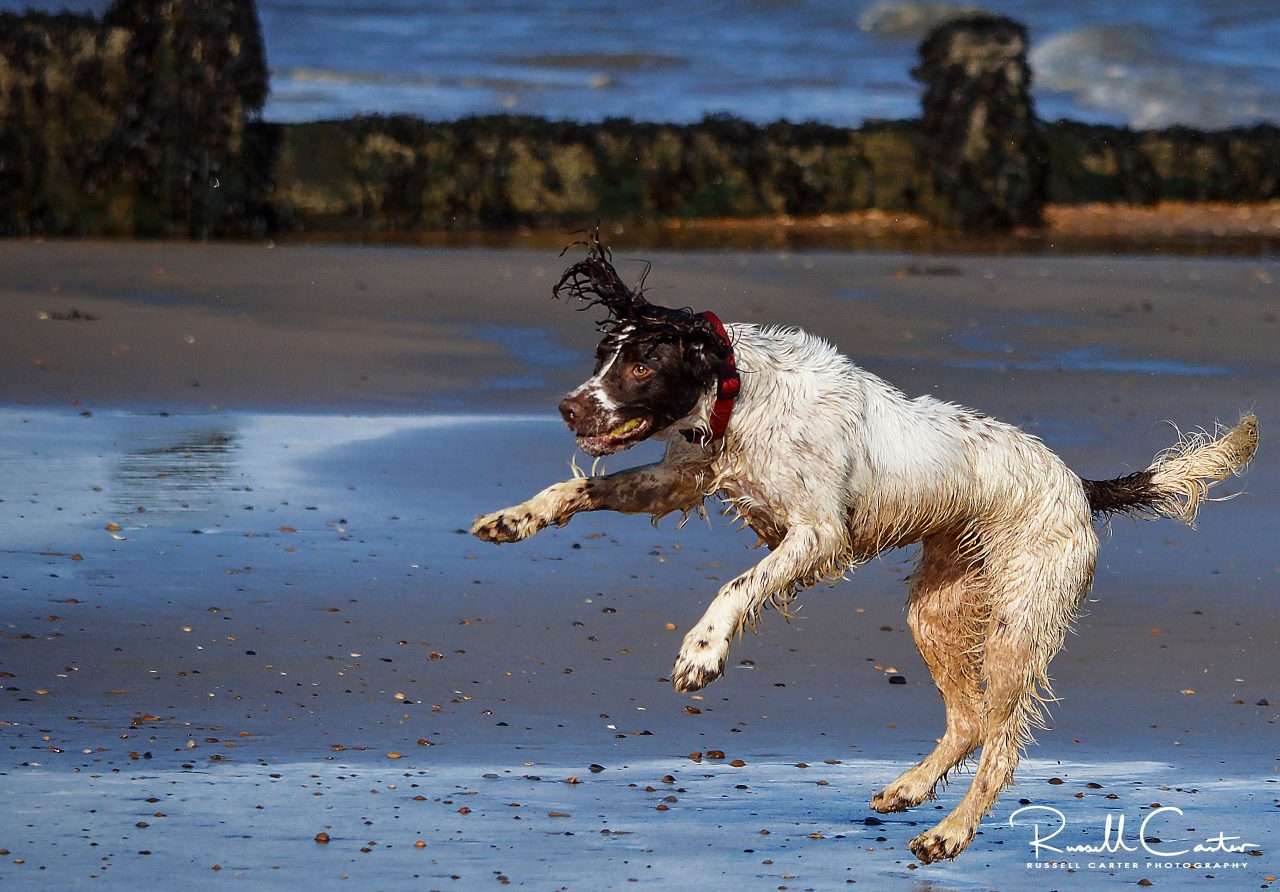
At the moment, studio photography and formal portraits aren’t a major focus for me, though I do enjoy capturing candid portraits of friends and family.
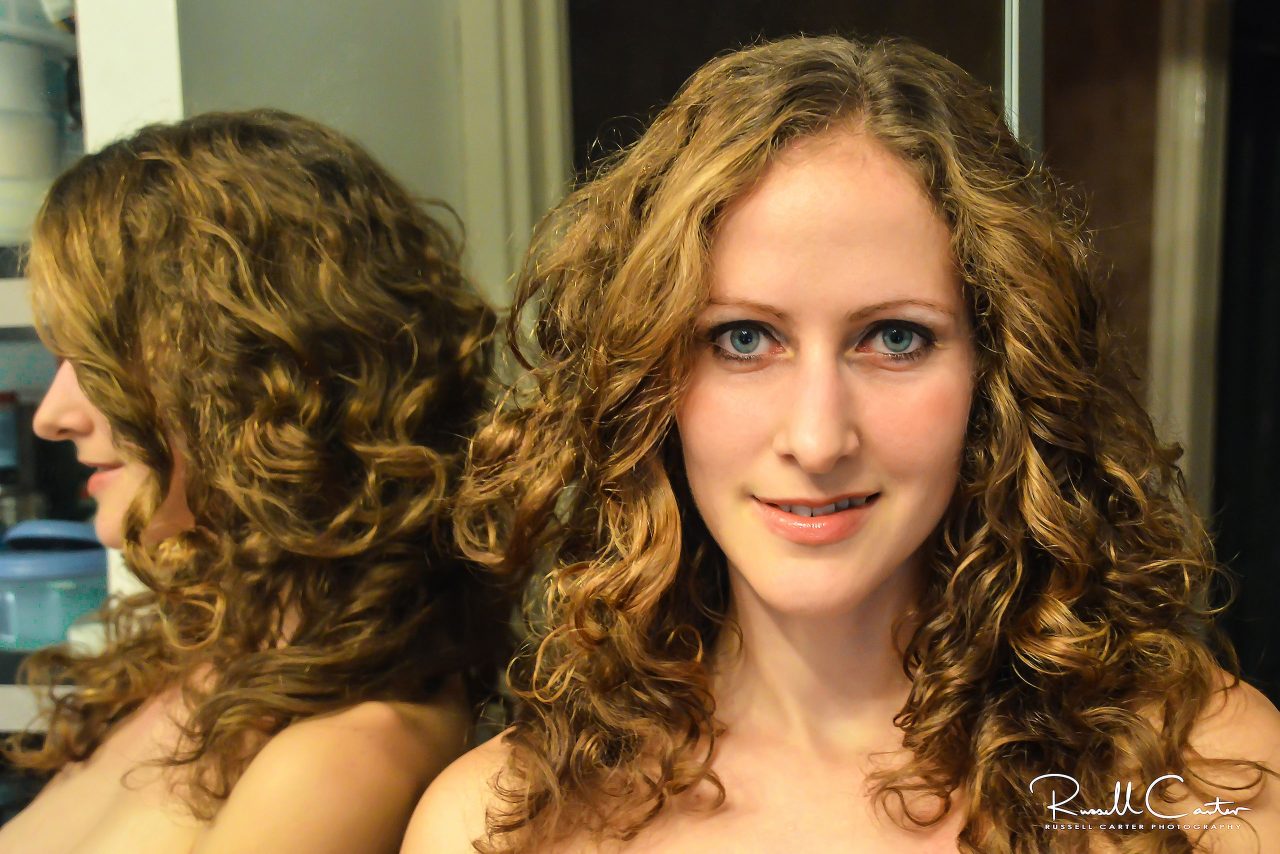
 My wife, Rita – Nikon D3200 1/30s f/4.2 ISO 1600
My wife, Rita – Nikon D3200 1/30s f/4.2 ISO 1600I purchased the Nikon D3200 in 2012, just before we went to Iceland. It’s an entry level camera but produces brilliant photos. At the time I had a Panasonic DMC-ZS10, but I was self-studying the technical side of photography, and wanted a camera with manual control.
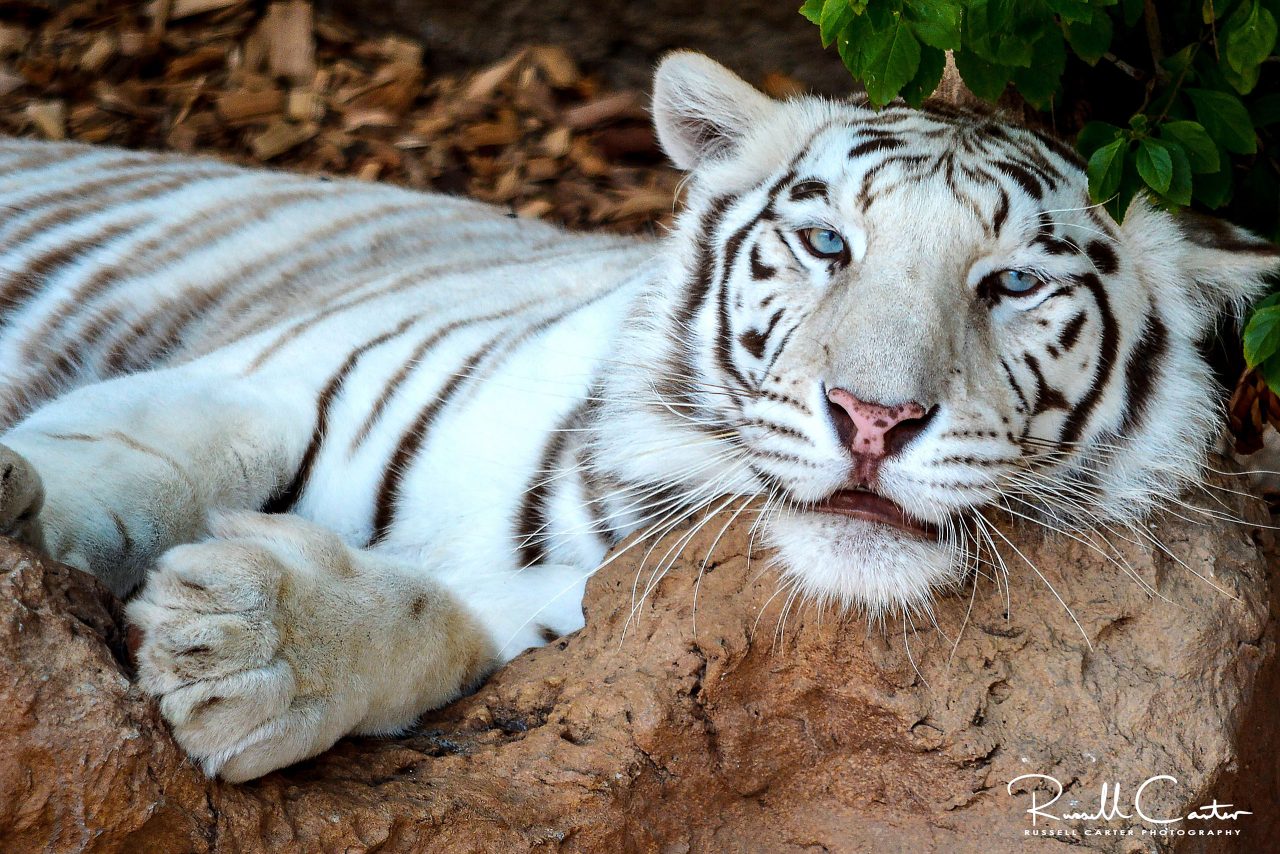
I have taken around 90,000 photos (as of 2016) over the last 3 years with this camera, and am still learning. I enjoy both aspects of photography: The technical – choosing the right lens for the scene, knowing what aperture, ISO, shutter speed, and other camera settings to use for a desired effect, and the amount of available light; the creative – composing and framing the photo, trying different techniques, angles and viewpoints, and post-processing the photo.
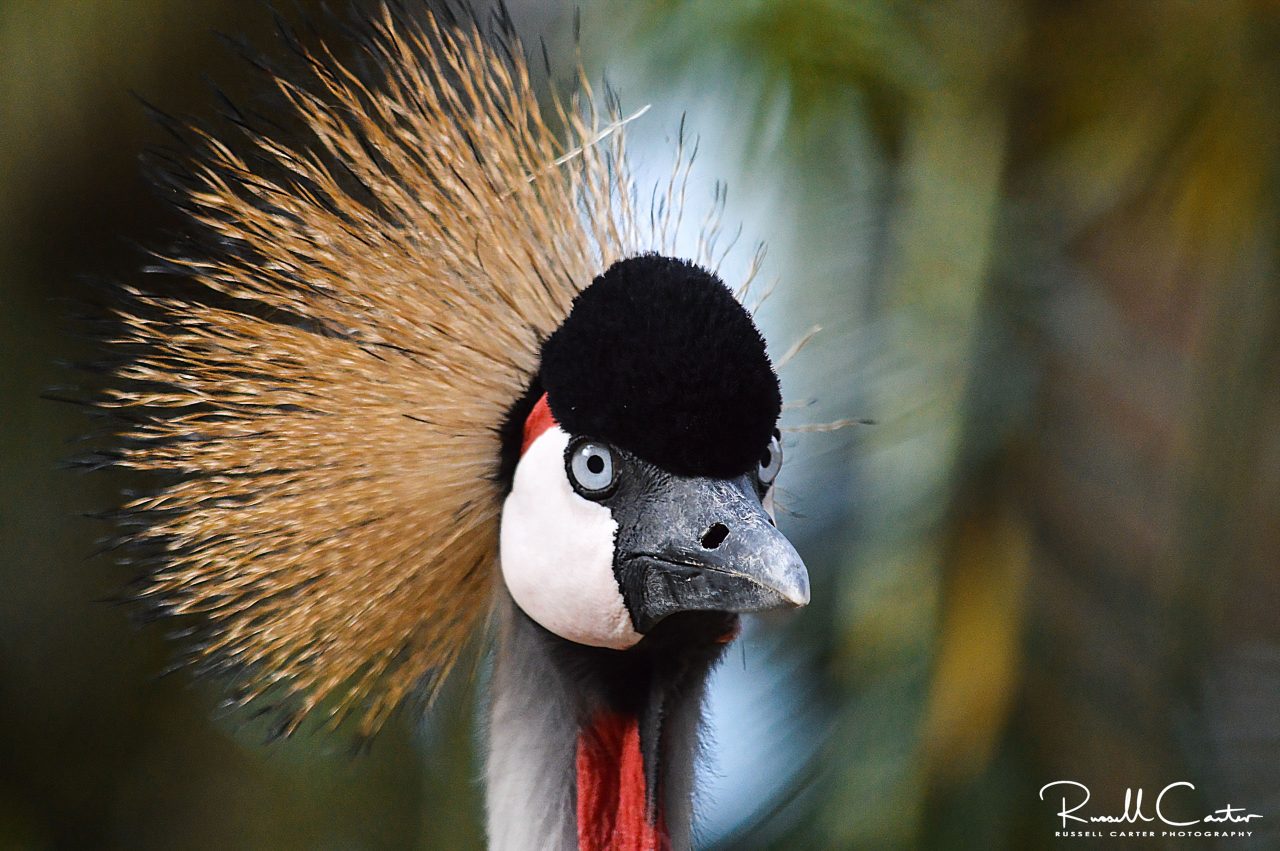
When it comes to photography though, you never stop learning. I have been learning from day one, and I will never reach a point where I can say I know everything about photography, especially since they are always enhancing the technology, and making what was not possible before a reality now. And there are an infinite amount of scenes to be captured in an infinite number of ways.
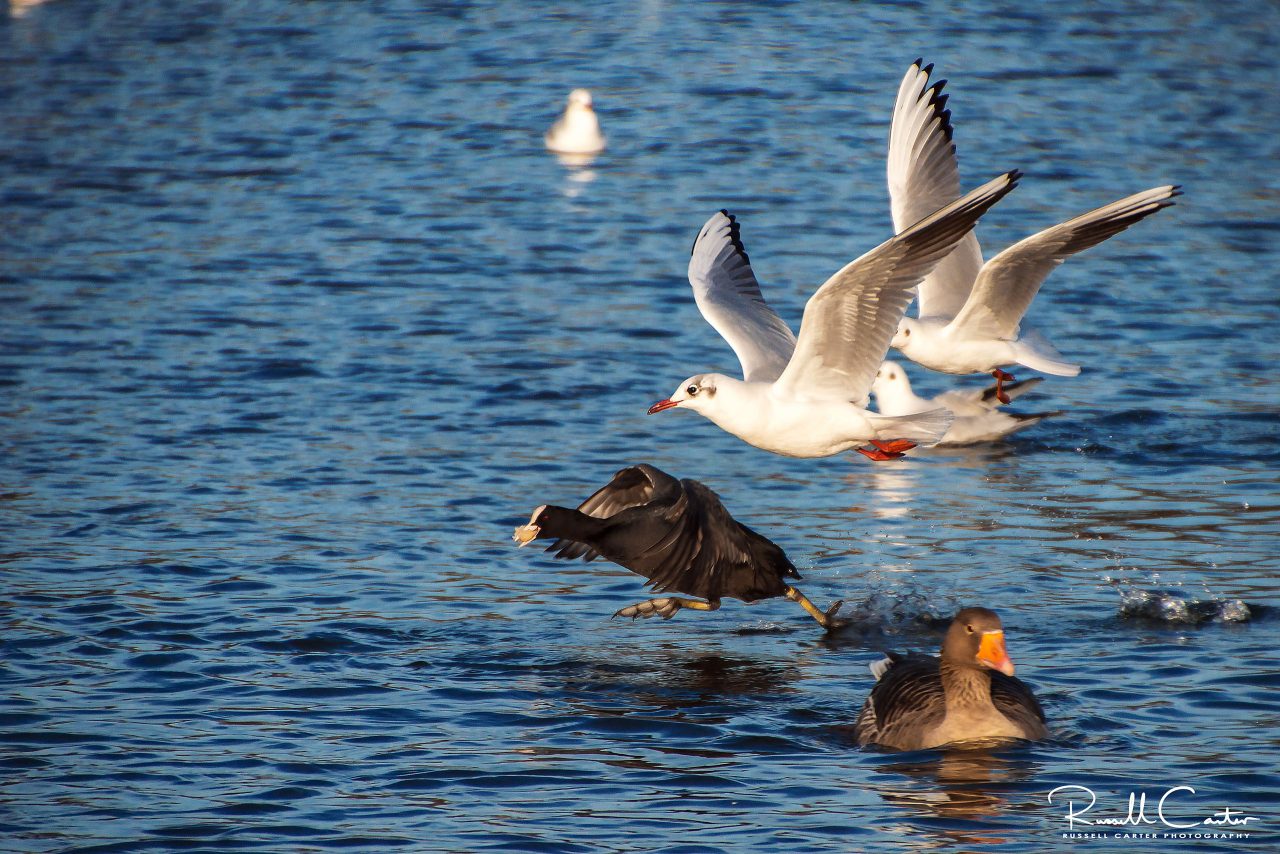
So my advice to anyone interested in photography out there, is that you should continue to learn and try new things. There is no limit, and there is no point at which you should stop and decide that you know everything there is to know!
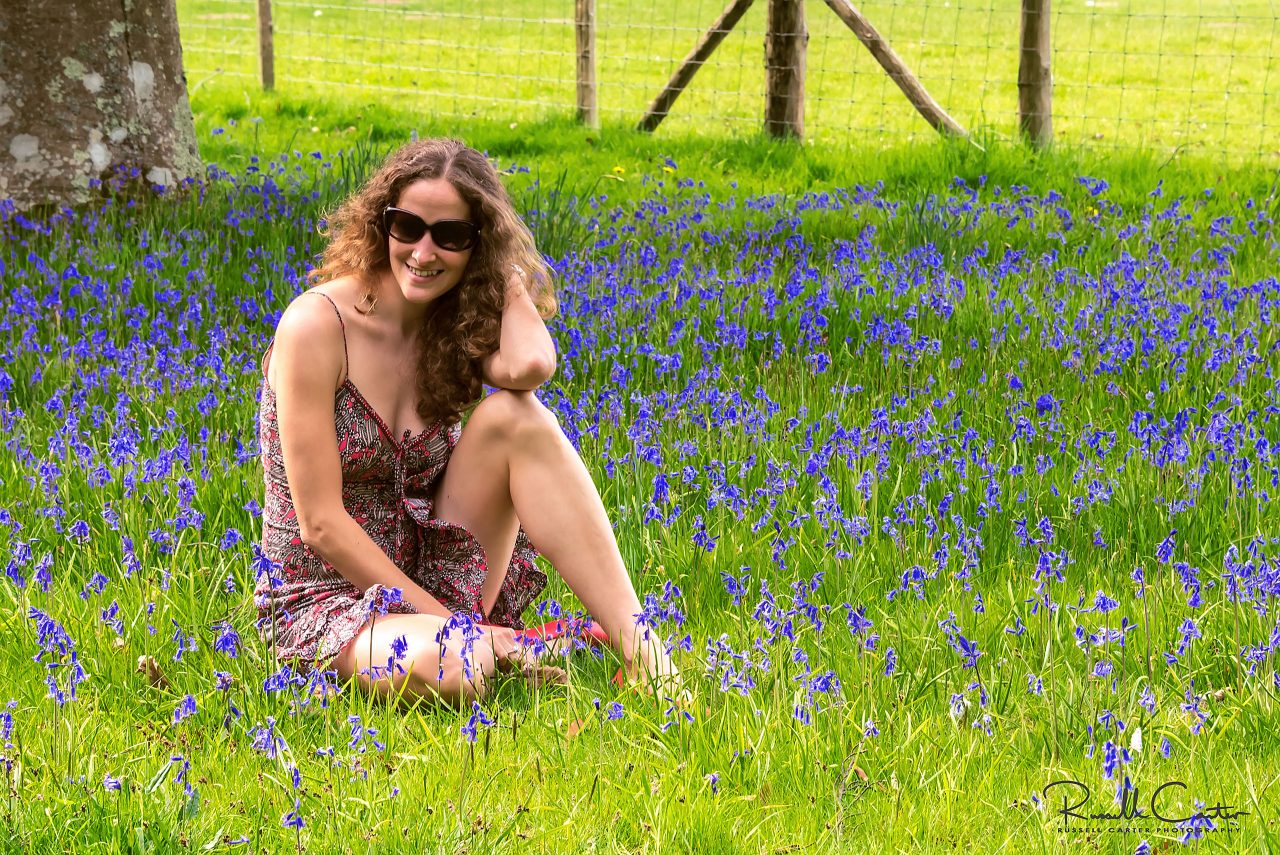
This is what drives my passion with photography – trying different camera settings, new angles, techniques, viewpoints – using my imagination and looking for photo opportunities that people without a camera usually miss. I have been criticised for taking too many photos and of being ‘stuck behind the camera’ and not able to ‘live in the moment’. In response to that I say that I am living in multiple moments simultaneously compared to the average person, because my brain has become conditioned to look for different views and interpretations of scenes all around me.
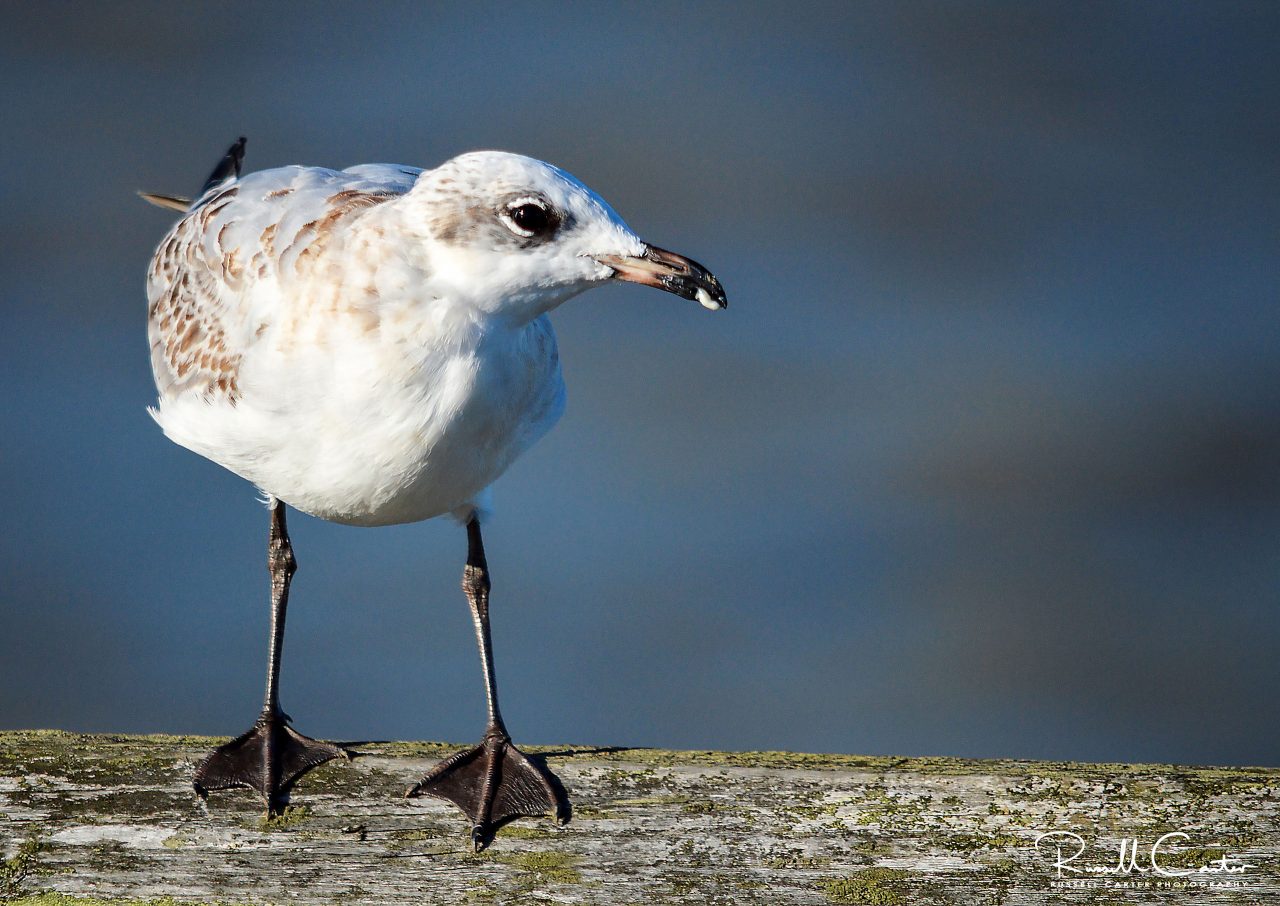
I like taking interesting photos of scenes that the average person would not give a second glance to. When you walk around you see many things, but don’t pay much attention to them. When you have a camera you start to employ lateral thinking artistically, and re-examine apparently mundane scenes.
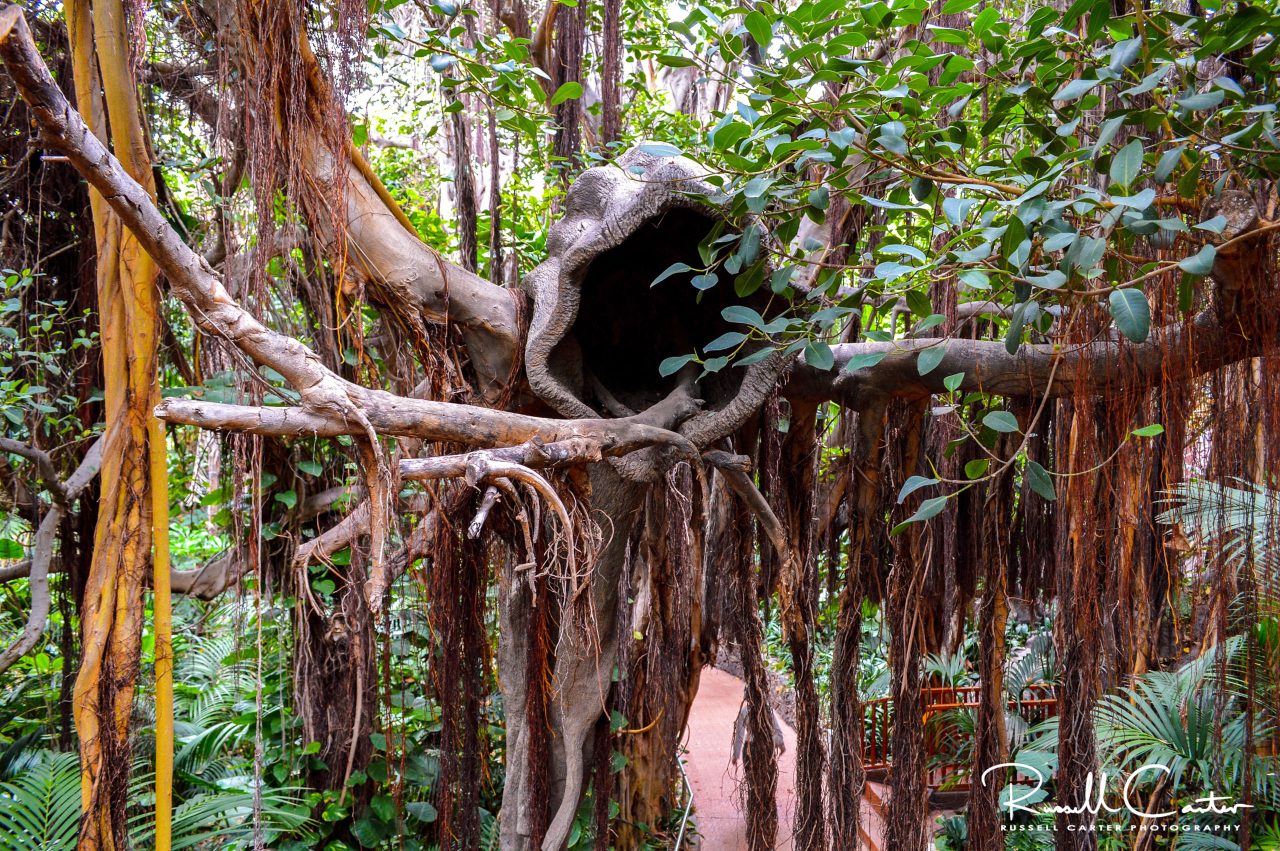
See my Galleries page for more photos.
Post Processing
Please note: The following insights reflect my personal opinion and years of experience as a photography enthusiast.
Post-processing can vary from basic adjustments like cropping, to more complex edits such as lens correction, modifying lighting and colours, or even removing or replacing elements within the photo. There are essentially no boundaries when crafting a piece of art that conveys your feelings about a scene, whether those feelings are immediate or reflective. The approach to post-processing will often be influenced by the intended use of the photo, though my comments are primarily focused on art produced in a hobby context.

There are many different opinions on post-processing photos, some negative (no pun intended). The main argument for post-processing is that cameras do not have the dynamic range our eyes have and lenses distort images, so you’re not getting a true representation of the scene as you saw it anyway.
However, beyond addressing the camera’s limitations, certain images may require post-processing to refine the composition, such as cropping out unintended objects from the scene, removing imperfections, adjusting exposure to counteract low light conditions, or altering the photo’s mood, temperature, etc. This however is not a substitute for understanding the conditions and how to setup the camera correctly, or proper framing.
Additionally, there’s the artistic dimension to consider. Numerous techniques exist in photo editing to refine an image into the envisioned or realised final product. For me, post processing is therefore an integral part of the creative photography process.
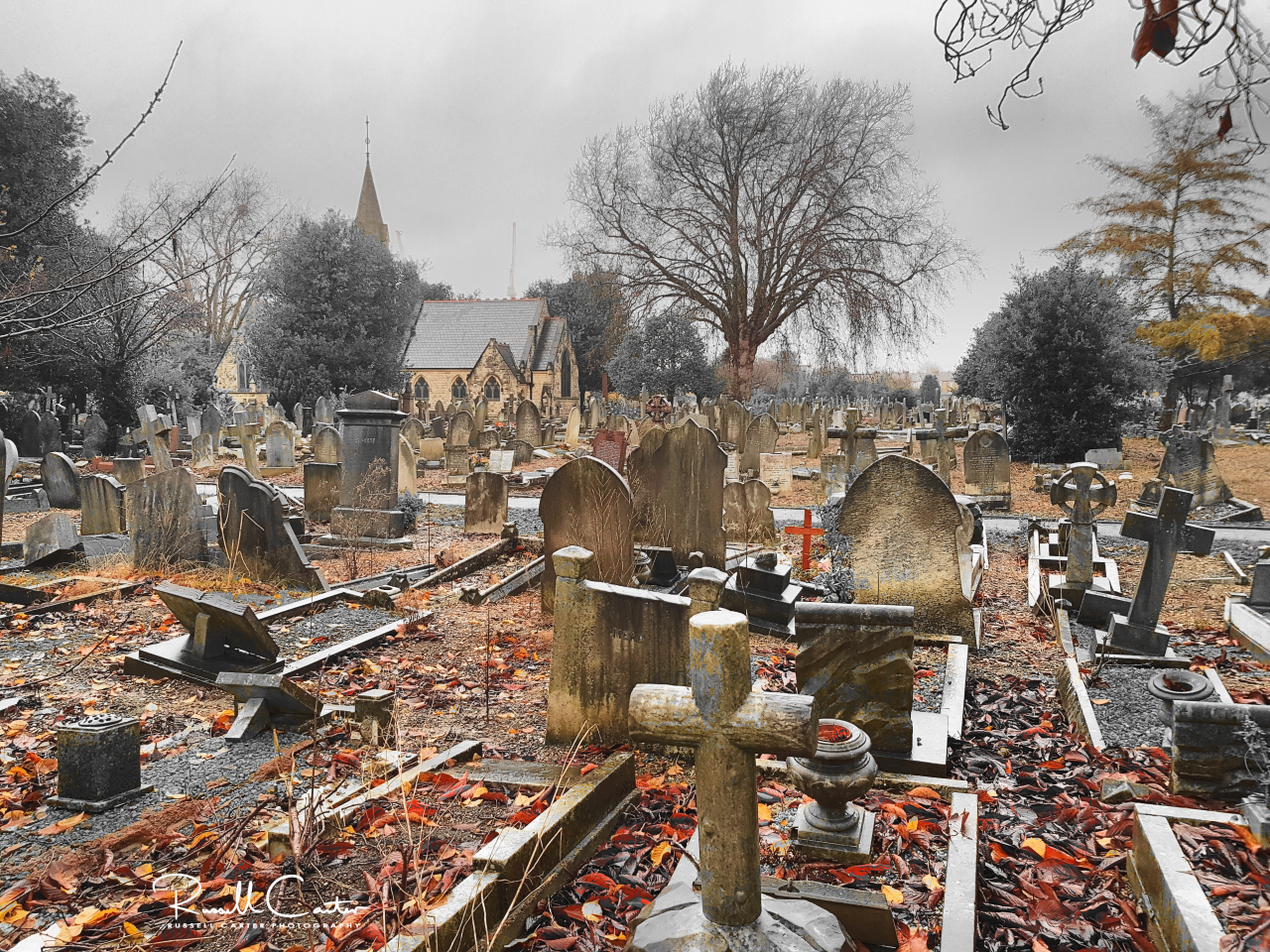
I don’t post-process all my photos, as some are just family / holiday photos that were taken with the intention of capturing memories, and I have so many I simply don’t have the time. For this reason I capture RAW and JPG copies of each photo. However, if I need to make bulk adjustments I will use On1 Photo RAW (previously Lightroom) as it is great for applying specific editing settings in bulk, e.g. lens correction, exposure, etc.
Once I have chosen photos that I want to post-process, I use Adobe Photoshop with the Camera RAW filter for lens correction, lighting, colour adjustments and sharpening. Again, if there are a lot and I want to apply settings in bulk then I will use Lightroom. If I am happy with the photo at that point I add my signature and export it, although I usually go on to make other changes. One thing I almost always do it adjust colours using a ‘Selective Color’ adjustment layer.
The Selective Color tool is a powerful colour correction and enhancement feature that allows you to fine-tune the colours in your photos with a high degree of control. Rather than applying adjustments across the entire image, this tool enables you to target and modify the colours within specific colour ranges – namely the reds, yellows, greens, cyans, blues, magentas, whites, neutrals, and blacks. So you can do things like reduce the cyan in the red channel, or increase the magenta in the blue channel to give your sky a much richer colour.
Adjusting HSL (hue, saturation and luminance) is also a good way to adjust colours, but in my opinion is not as granular, and is more difficult to obtain the desired outcome. I have not used that tool much though.
Some of the free software products I have tried are Darktable and RawTherapee. Both appear to be good comprehensive products, but not as polished as Photoshop. I did try Affinity Photo, and this is apparently the best alternative to Photoshop, and it has a perpetual licence at a very reasonable price. It also does have Selective Color, but it’s not going to be as mature and comprehensive as Photoshop. There is also a lot of Photoshop tutorials online, so I am not persuaded to give up my Adobe Photography subscription just yet.
Here are some examples of images where I compare RAW, Selective Color, Vibrance, and HSL. No other changes have been made aside from lens correction, and sharpening and noise reduction:
I have recently discovered Luminar Neo, which has some interesting effects and a modern, simple interface. A lot of the effects could be done using Adobe Photoshop, but the unique selling point of this software is speed and simplicity, and it is very good for beginners, or someone who just wants to apply effects quickly to photos. It focuses on providing fast results with single-click edits and presets.

The HDR Merge functionality is based on the older Aurora HDR application, and is brilliant. I tried merging a few bracketed photos in Photoshop, Lightroom and Luminar Neo, and Luminar Neo produced the best result by far! It is able to handle alignment and remove ghosting better than it’s rivals. I have also tried easyHDR and Luminance HDR, but Luminar Neo produces better results, although I did give the software an unfairly difficult challenge with misaligned images.
I usually take 3 bracketed photos with -2EV, 0EV, +2EV on my Nikon D750, but I can also do this on my Samsung Galaxy S22 Ultra using an app called Open Camera, which allows you to take bracketed photos.
Previously Used Software
Paint Shop Pro 4
In 1996 I was introduced to Paint Shop Pro. It was great software for it’s time, and could import directly from scanners – scanning items into the computer was quite a novelty back then! Since then I have tried and used many image editors and photographic applications, including Corel Photo-Paint, ACDSee, Microsoft Picture Manager (I used that for a long time and liked it), PhotoShop and Lightroom.
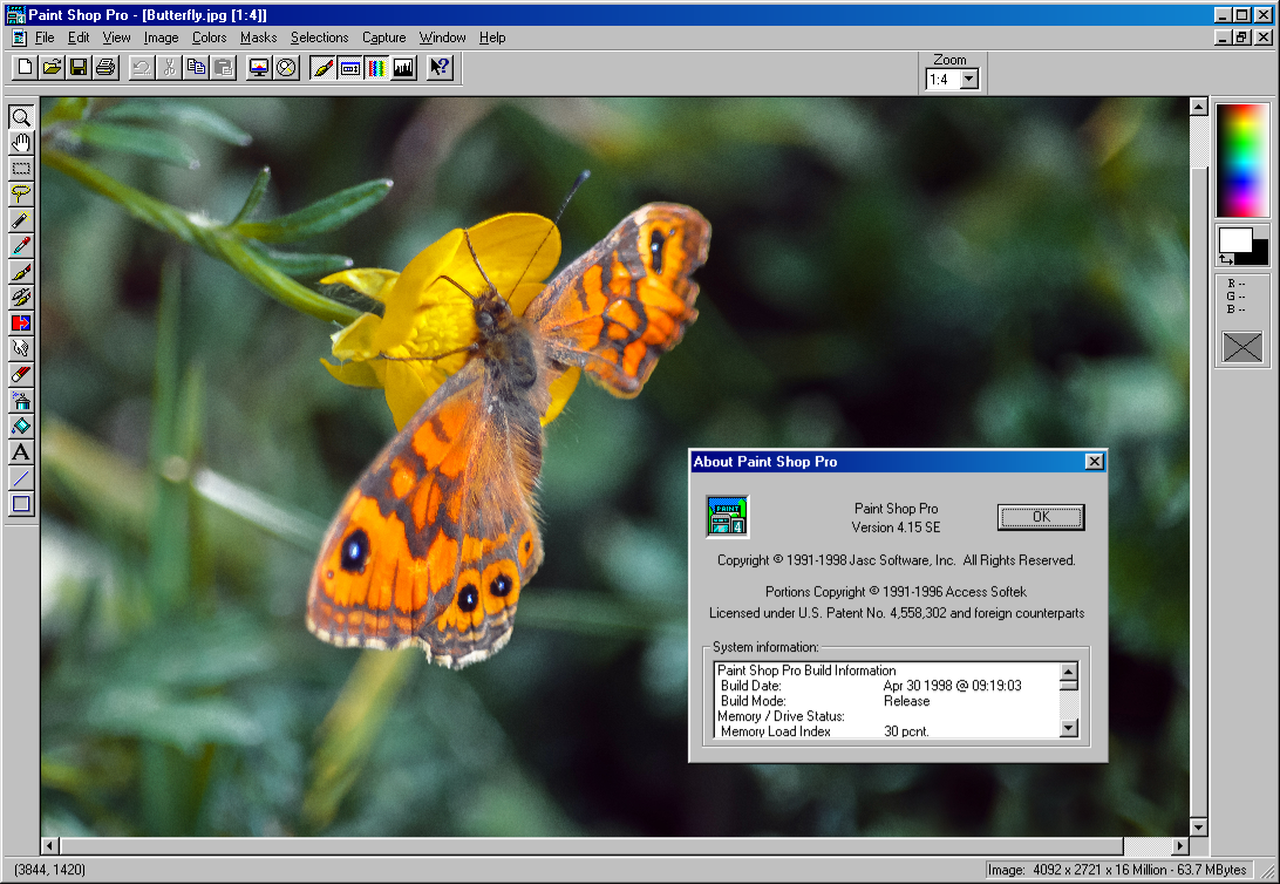
Adobe Lightroom & Photoshop
I previously had a subscription to the Adobe Photography plan, which bundled Photoshop, Lightroom, Camera Raw, and several other Adobe tools. However, since I only used the software occasionally, the cost-to-use ratio was very high, so I finally pulled the plug in July 2025.
In addition to that, they have put the prices up. If I take out a Photography plan now, I pay almost double what I paid previously, and have to sign up for a minimum of one year!
I worked out that I have paid around £900 so far for the subscription, since I took it out! Being a hobbyist I would never willingly pay anywhere near that much for software! I would certainly expect to own a version of it forever…
I’ve used Photoshop on and off for about 15 years and learned a lot, but I’m not an expert. It’s such a versatile tool that many of its features go way beyond photography.
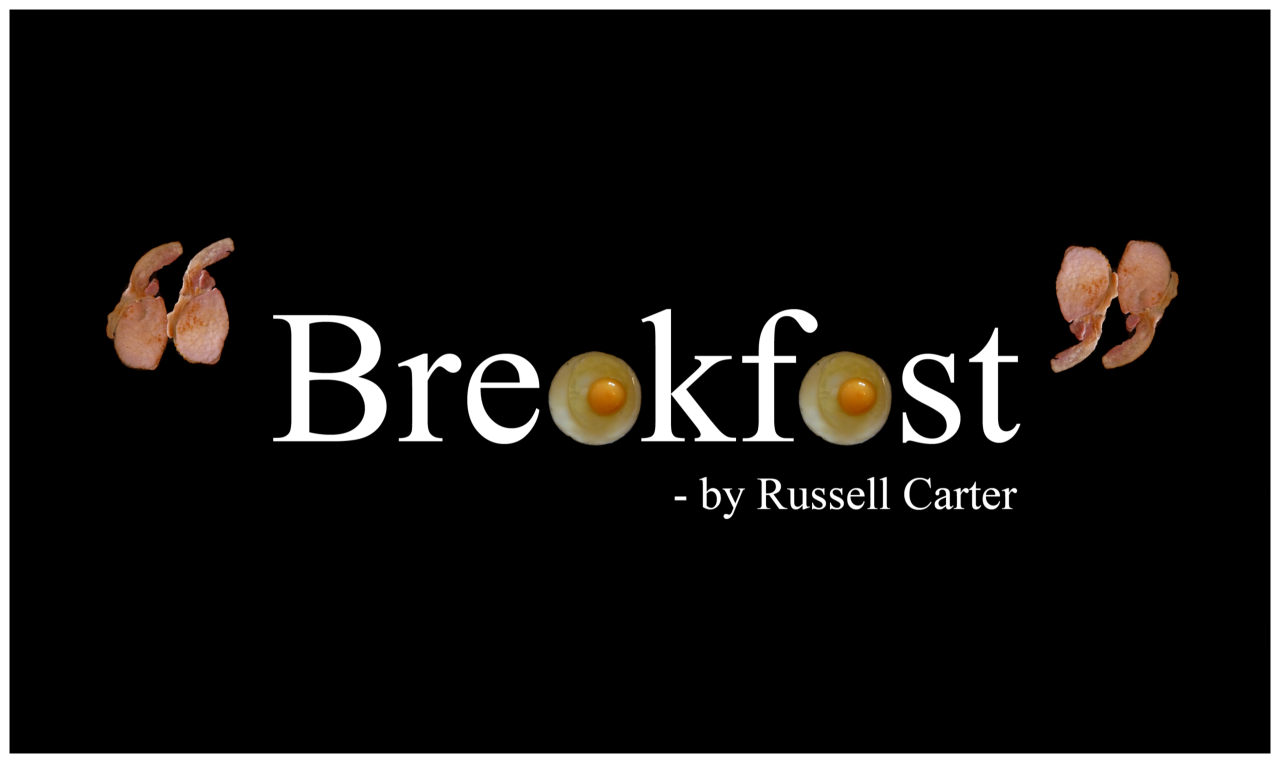
Photoshop is ideal for photography because it offers precise, non-destructive control over retouching, tonal adjustments, compositing, and creative effects – all within a modular, layer-based workflow.

Lightroom on the other hand streamlines non-destructive editing, batch processing, and RAW image development with intuitive tools for exposure, colour, and organization – all optimized for speed and consistency across large photo sets.
Sounds great, except for the price tag!
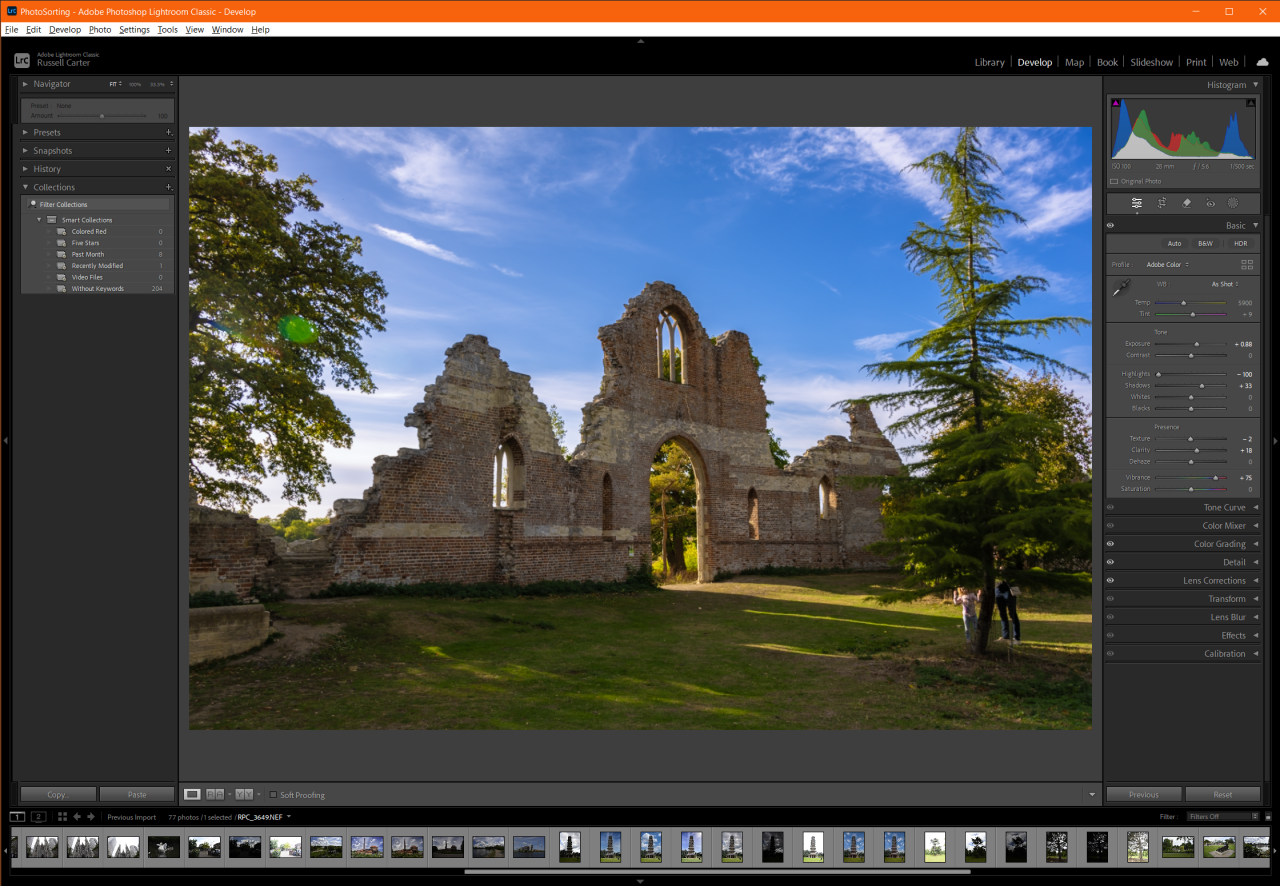
Current Software
Before ditching Adobe I embarked on a wider project to research photography related software applications to handle all of my updated workflow use cases. The following is a list of applications I chose not to use:
- DxO PhotoLab
- DxO is primarily for sharpening and noise reduction, but what put me off is that you can only observe the changes applied at 75% zoom level and above. I won’t consider using this software until that is ‘fixed’. It also does not contain all of the editing tools I would need, e.g Retouching, Layers, Effects, etc, so it’s a niche product.
- Capture One
- Too expensive for me right now, but it looks like one of the best photo processing applications outside of the Adobe ecosystem.
- Topaz Gigapixel
- More expensive than ON1 Resize AI (which often have discounts). I could not get a duck to look as good in Gigapixel 8 as I did in ON1 Resize 2026. There are a lot of options though, and I have not had a chance to explore them all yet.
- Upscayl (Free)
- This works well, better than simple image resizing, but the results are nowhere near as good as ON1 Resize AI.
- IrfanVeiw Viewer (Free)
- I tried IrfanView, but the UI is too simple. It has no browser pane and the preview and thumbnail windows are separate, with the latter not opening by default.
- Darktable / Raw Therapee / ART (Free)
- These applications are incredibly powerful, but their steep learning curve prevents me from integrating them into my workflow. Raw Therapee is one of those applications that feels like it’s built for people who already know how to use it. 😄 I generally prefer more intuitive user interfaces. ART, a fork of RawTherapee, was developed to streamline the user interface while preserving the high-quality adjustment capabilities. I haven’t spent much time with either yet, but I plan to give ART a try if I run into trouble fine-tuning something in one of the other editors.
- EasyHDR / Luminance HDR
- ACDSee
- Paint Shop Pro 2023
The following are applications I currently use:
FastStone Image Viewer (Free)
I have been using FastStone for many years now. It’s a free lightweight yet surprisingly capable image browser and basic editor that is great for speed and simplicity, and it’s my default application for viewing images. When opening an image, you can choose how it’s displayed – either in full screen, windowed mode, or browser view. The browser view includes an explorer pane for navigation, a thumbnail pane for quick previews, and a larger preview area for detailed inspection. Metadata is displayed in a separate window. Sadly it does not handle video that well though.
FastStone features I like:
- Favourite Folders Menu
- Cropping
- Rotation
- Side-by-side Image Comparison
- Filtering and Sorting (persistent extension filter)
- Dual Monitor Viewing (browser and thumbnails on one, full screen viewer on another)
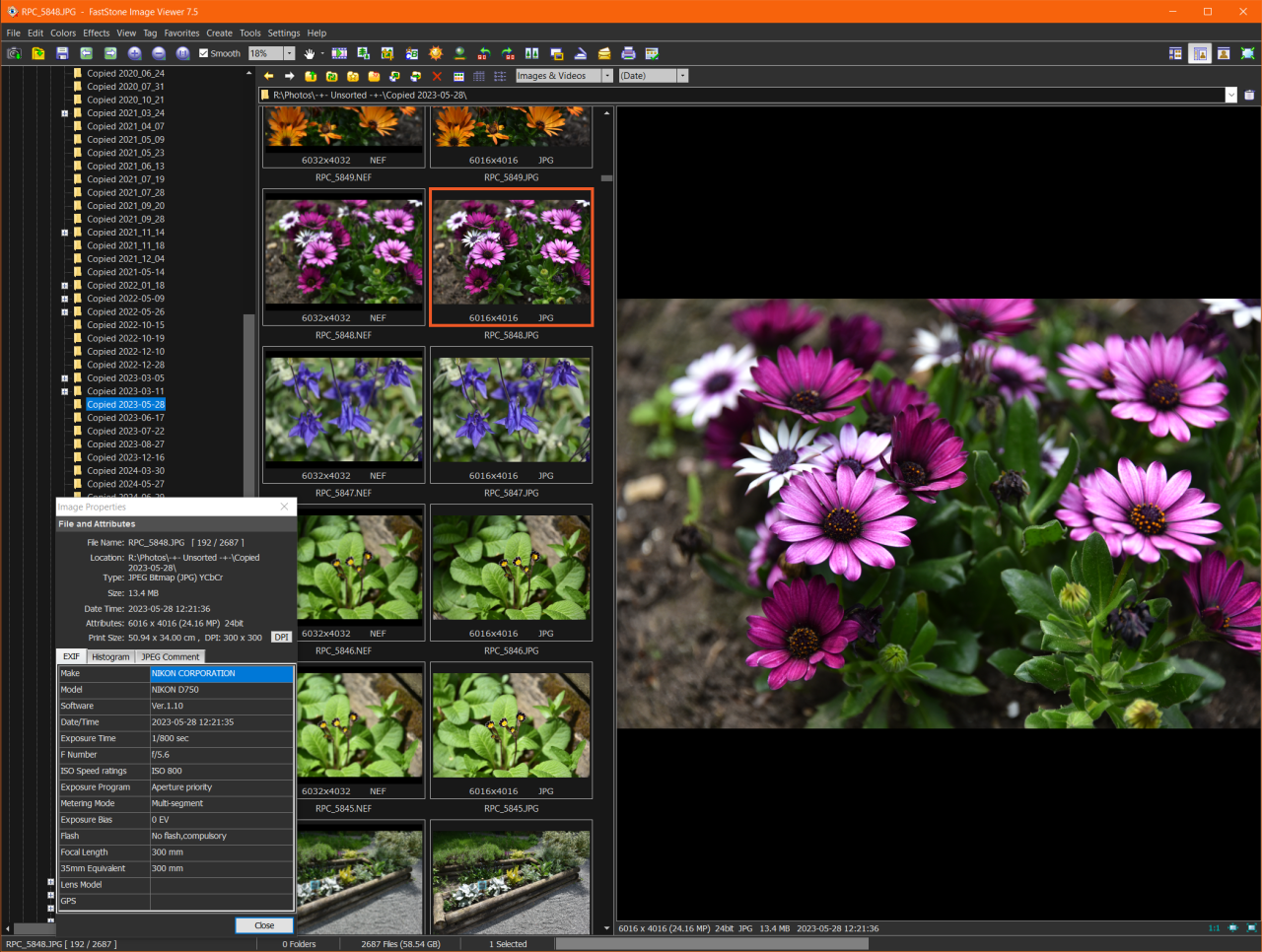
XnView MP (Free)
XnView MP is another great lightweight free tool, but is more configurable, and therefore more complex. It offers deeper metadata control, layout flexibility, image rating, and better video handling than FastStone.
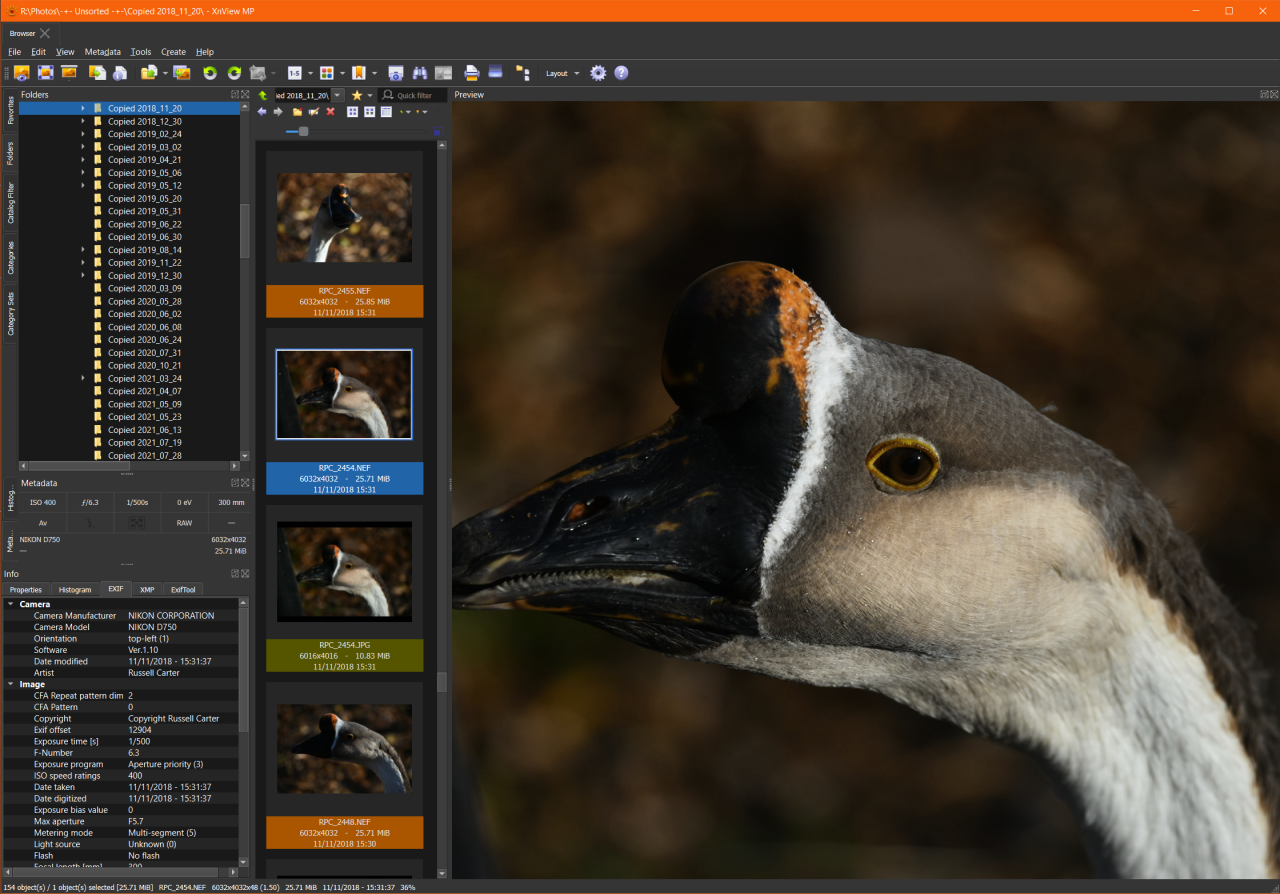
Affinity Photo
This was the big one for me. As I am so used to Photoshop, I wanted something similar with the power to carry out advanced layer-based editing. After trialling Affinity Photo a second time, I found that despite some UI differences and a few tools being named differently, I can accomplish what I need without relearning everything from scratch – the interface feels familiar enough. While I can’t directly compare its tool quality to Photoshop, Affinity appears to offer everything I need. The only filter I regularly use in Photoshop that’s missing is Smart Sharpen – but Unsharp Mask performs well enough for my needs, and I have other software that can sharpen photos. I actually found a few features I like better than Photoshop!
Affinity has a ‘Develop’ persona equivalent to Camera RAW in Photoshop:
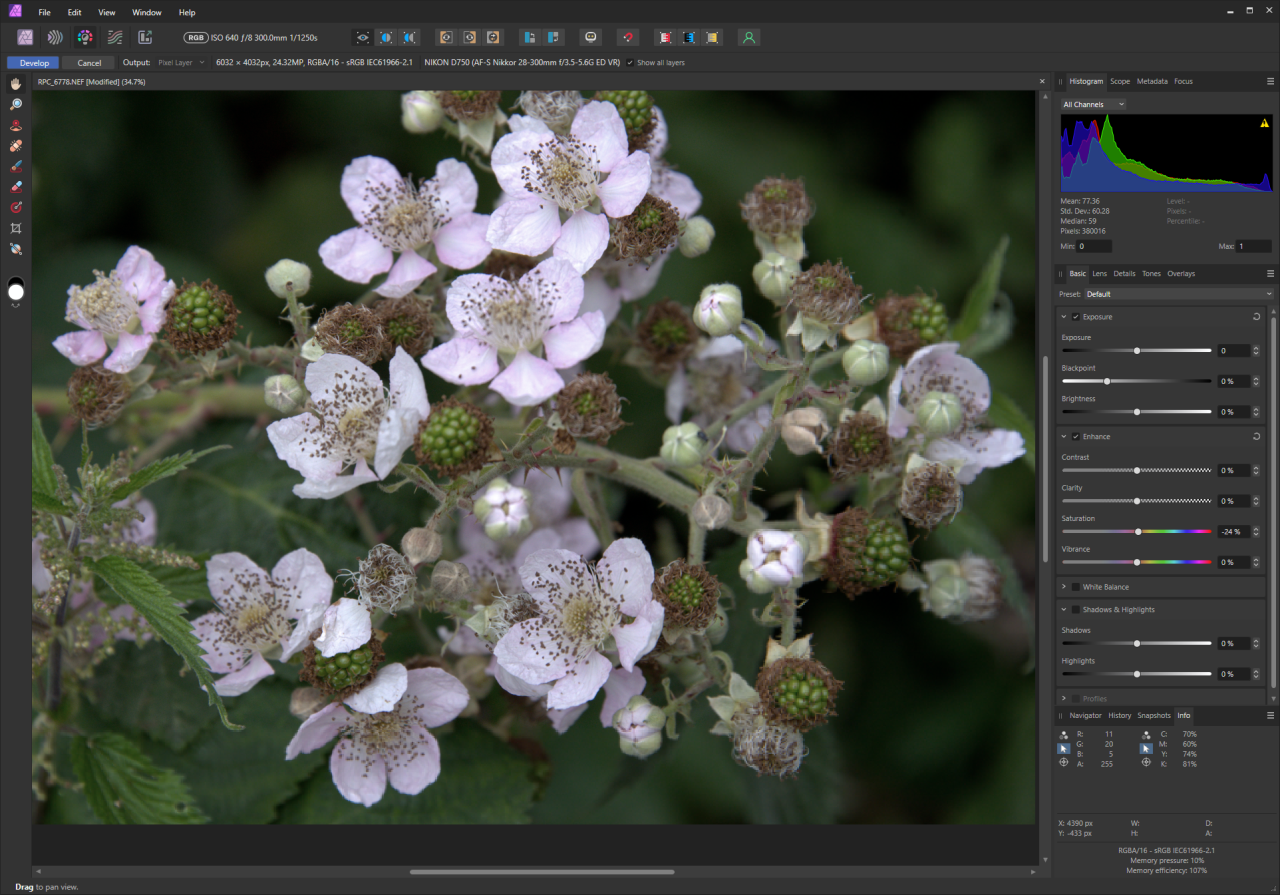
The ‘Photo’ persona is where you carry out layer-based editing:

Affinity also has ‘Liquify’, ‘Tone Mapping’ and ‘Export’ Personas.
Excire Foto
Excire Foto is one of the top-tier contenders for AI-powered search, keywording, and face recognition, and I like it’s simple yet powerful interface.
It combines multiple AI engines to streamline photo organization by automatically tagging images with relevant keywords, identifying faces with improved accuracy, evaluating aesthetic quality for culling or portfolio selection, and enabling powerful free-text and GPS-based searches – all within a clean, intuitive interface designed to handle large photo libraries efficiently.
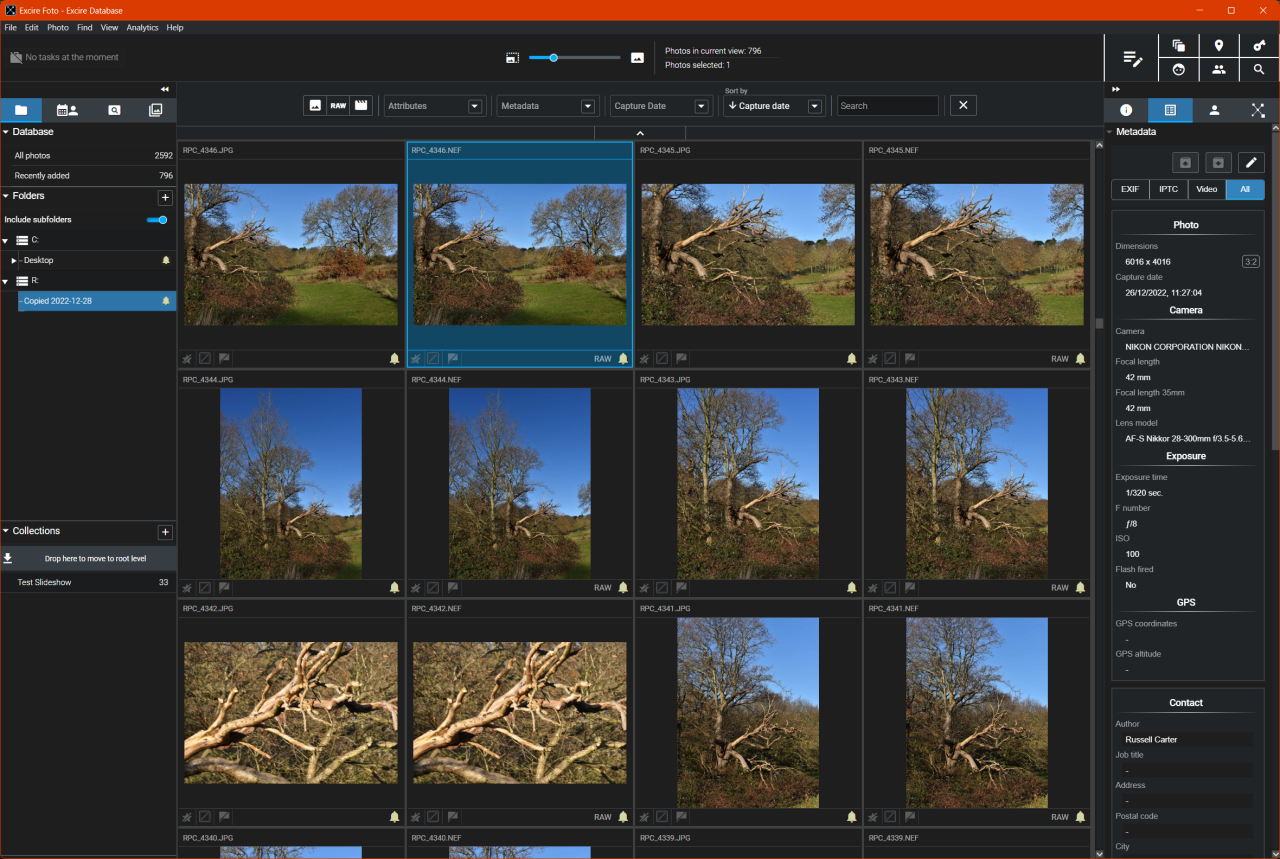
One of my goals is to host my personal photo albums on PhotoPrism, which I have running in a docker container on my Raspberry PI Server.
Although PhotoPrism includes its own AI keywording capabilities, I’m looking for a tool that gives me full control—one that allows manual editing of keywords and face tags in addition to AI, lets me assign or adjust GPS coordinates, and supports local cataloging of my entire photo archive. In that regard, Excire offers more advanced AI keywording and facial recognition, making it a good fit for my workflow. Excire has othjer feature that will benefit my workflow.
Also, once my entire archive is catalogued, I can make use of the free-text search powered by its X-prompt AI, allowing me to locate images using natural language queries like “sunset over mountains with a lake” or “laughing child at birthday party.”
ON1 Photo RAW
ON1 Photo RAW offers a comprehensive solution by combining powerful photo cataloging with a full-featured editing suite in a single, integrated platform. It’s surprisingly affordable as well!
ON1 Photo RAW combines non-destructive RAW processing with advanced features like AI-powered masking, Super Select AI for targeted adjustments, NoNoise AI for intelligent noise reduction, Resize AI (older AI model than standalone product as of August 2025) for high-quality enlargements, AI Sky swap, AI Portrait with face enhancements, and a full suite of effects, layers, HDR merging, panorama stitching, and focus stacking – all wrapped in a customizable interface.
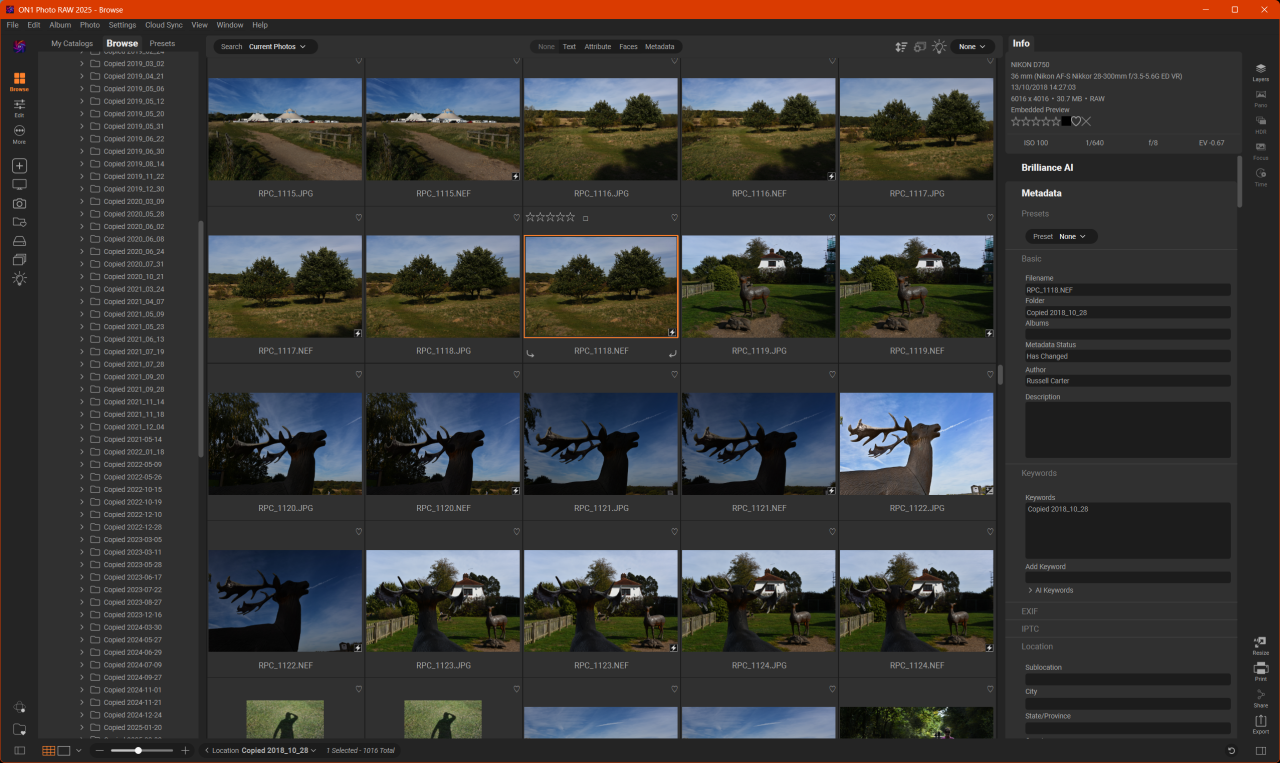
When choosing filters, it presents you with a list of objects found in the photo which you can check to create an instant mask for the selected filter!
Other things I like about ON1 is the strong community, the helpful video tutorials, and the emails that offer tips for various features.
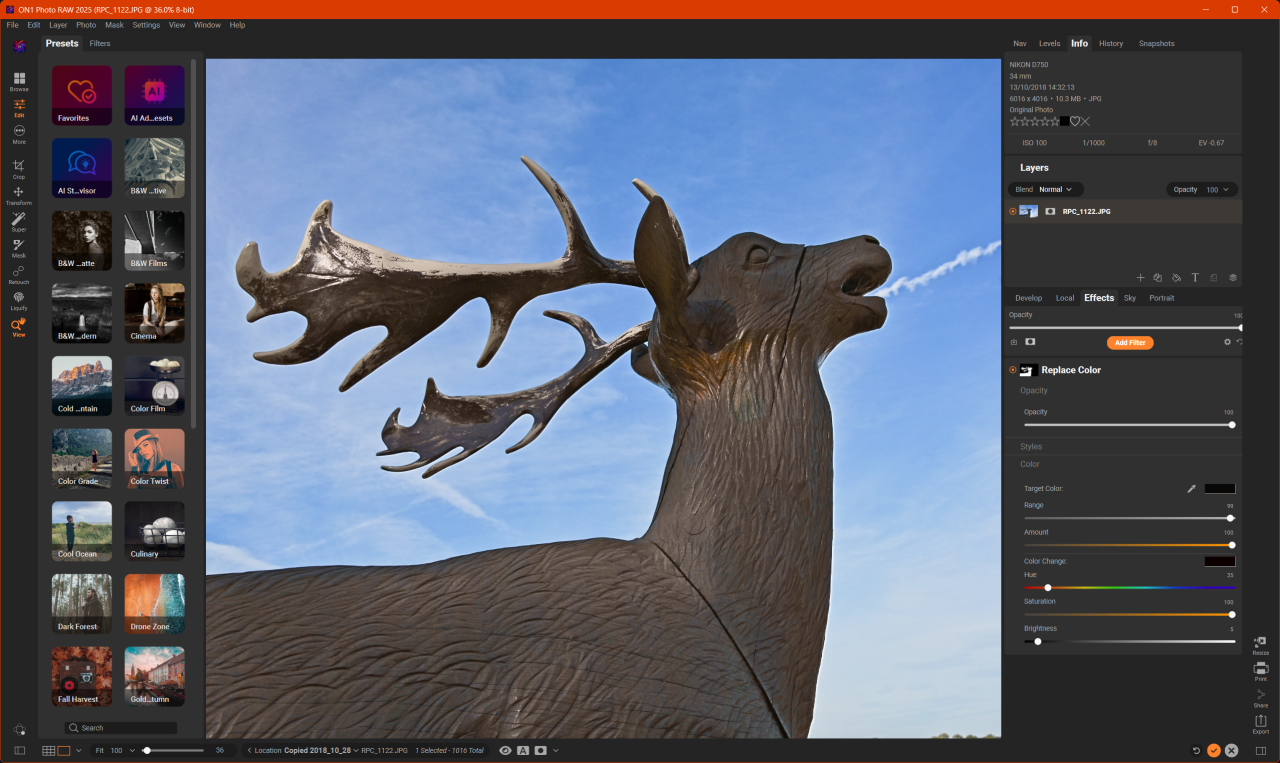
ON1 Resize AI
Topaz Photo AI
Luminar Neo
Workflow
The below table shows a mapping of functions between my chosen software and what Adobe provided:
| Original Application | Replacement |
|---|---|
| Lightroom | Cataloguing, Keywords, Face Recognition: Excire Foto RAW Editing: On1 Photo RAW, Affinity Photo Batch Editing: On1 Photo RAW |
| Photoshop / Camera RAW | Precision Editing: Affinity Photo HDR: Luminar Neo Panoramas: Luminar Neo |
The first stage of my workflow is culling – filtering out the unusable shots: anything blurred, poorly composed, misconfigured, or simply dull. While many photographers rely on Lightroom or similar catalog-based tools for this step, I prefer a faster, more streamlined approach. I use software that lets me browse through the filesystem directly, avoiding the overhead of importing everything into a catalog just to identify what’s worth keeping. For this I chose FastStone Image Viewer or alternatively XnView MP.
The table below outlines the software I plan to use going forward, along with the specific roles each will play in my photo workflow:
| Software | Workflow Steps | Workflow Steps | Use Cases |
|---|---|---|---|
| FastStone Image Viewer | Simple, fast, easy culling | Browsing, rotating, cropping, metadata viewing, culling | Lightweight viewer for casual sorting and culling; basic editing of photos I will not fully process |
| Excire Foto | AI search & tagging | Cataloging, AI keyword tagging, face recognition, smart sorting | Powerful AI for organization; excels at face and keyword-based searching, tagging and filtering |
| ON1 Photo RAW | End-to-end processing | Batch processing, AI keyword tagging, artistic effects, presets | Efficient for batch edits; includes some creative effects and metadata automation |
| Affinity Photo | Precision retouching | Layer-based editing, retouching, general photo processing | Full-featured Photoshop alternative; excels at multi-layer edits and precision retouching |
| Luminar Neo | HDR photos and panoramas | HDR photos and panoramas, AI-based enhancements, appearance tuning, artistic effects | Best for HDR and panoramas; AI-driven improvements and conceptual enhancements |
| Topaz Photo AI | Old photo restoration | Restoration, upscaling, noise reduction | Specialized in enhancing old or low-quality images; ideal for archival restoration |
Panoramas

I love panoramas, because I love landscapes, especially when there is a good view, like from a mountain top or a high building. Or just generally a scene I want to capture, but which does not fit into the width of a standard photo.
I create panoramas by taking multiple overlapping photos, and then stitch them together. I previously used Hugin, a free open source panorama stitcher for this. Hugin has a wizard which does most of the work for you. Even so it takes a fair amount of time to create one panorama. I have switched to using Luminar Neo to stich panoramas, as it does the job automatically, quickly, and the resiults are impressive. I can always fall back on Hugin for any challenging panoramas.
I have also used Photoshop for stitching panoramas, and it seems to do it reasonably well. I have read that PTGui is by far the best software to use for stitching panoramas, but it is not cheap.
My old Samsung phone has a Surround Shot mode, which allows you to take a full spherical (360° x 180°) photos. The phone stitches it all together for you, and the results were quite impressive. It is not perfect though and sometimes fills in areas where it can’t work out the overlap. This usually happens if you don’t keep the phone in one location while taking the photos. Sadly Samsung have removed the feature from the newer phones.
I used to use Dermandar to host my panoramas, but can no longer embed them. You can still see some of my public panoramas there.
I am now hosting these on my own website – Panoramas, using free viewers I have found online – Panellum, and Paver.
My Cameras
Sony DSC-T3
When I was young I had various point & shoot film cameras, and have used some disposable cameras. My first digital camera was the Sony T3, which was a good little camera and fitted easily into my pocket, which suited me back then.

Panasonic DMC-ZS10
At the time the technology was at the point where your phone could play music as well as take decent photos, and I was convinced that I would no longer need a separate camera – a view that many people hold today. However, like smartphones camera technology progressed, and cameras with 10x and 12x zoom emerged. I was not happy with the single focal range of my phone’s camera, nor the resolution, so I purchased the Panasonic DMC-ZS10, which was a nice compact zoom camera.
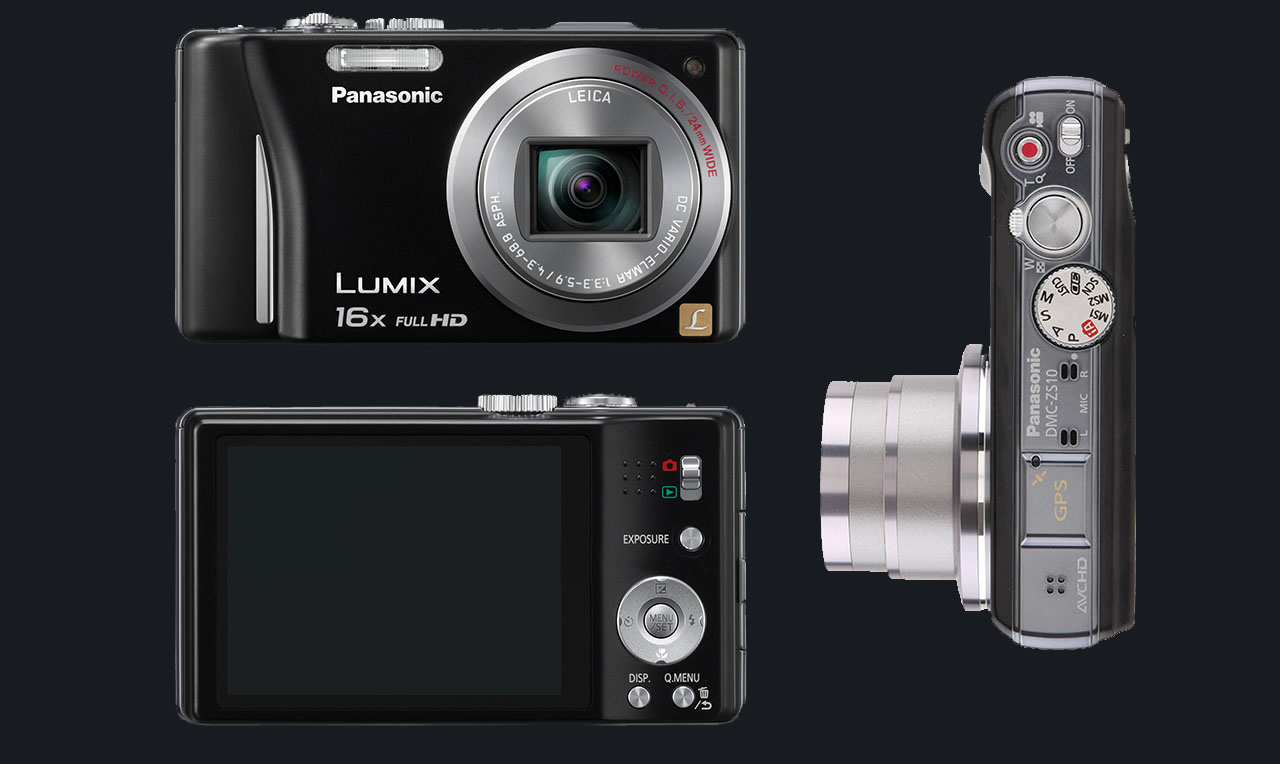
Nikon D3200
A few years later I started to do some self-study and learned the basic photography concepts and techniques, and realised that the Panasonic was rather limited when compared to a DSLR. A friend of mine had a DSLR and I was impressed with the quality of photos it produced, and the control you have over camera settings.
After some research I decided to get the Nikon D3200, as it was an entry level camera, affordable, higher resolution than most of the other cameras in its class, and had an ‘assistant mode’ built in – which I never really used!
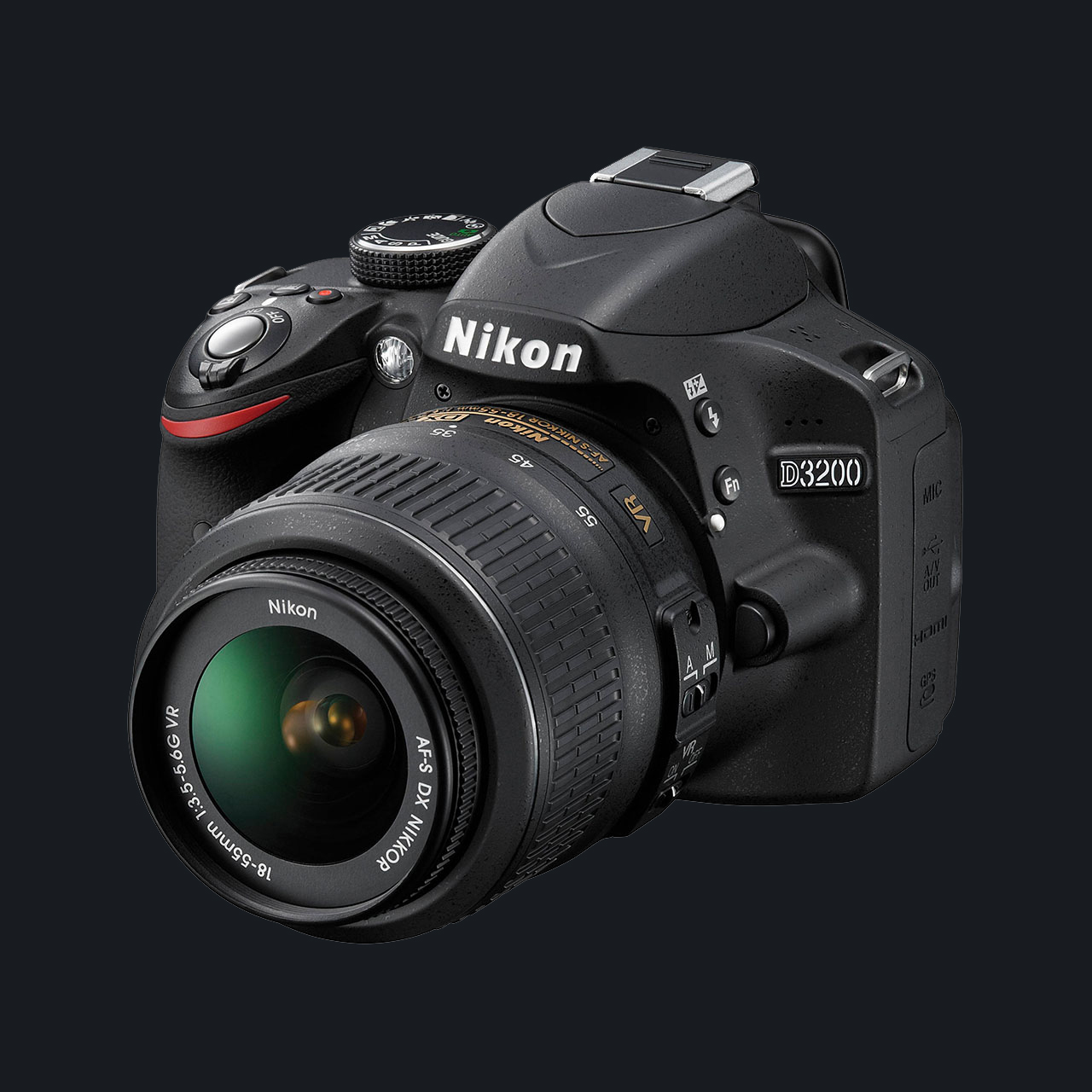
I originally bought a fixed 35mm and a 55-300mm telephoto zoom lens to go with the camera. My first trip with this new camera and lenses was to Iceland. While walking around I quickly became frustrated with having to continuously change the lens when I needed to take telephoto or wide angle photos. A while later and after some research I decided to purchase a Tamron 18-270mm lens. I wanted to Nikon 18-300mm, but it was more than double the price, and I could not justify it having not tried either.
The Tamron proved to be a good buy and I love that lens. It covers a very wide focal range and is light and you can take it anywhere. Anyone wanting a ‘walk-around’ lens for a DX camera should definitely look at this as an option.
Later on I purchased the Tamron 10-24mm ultra wide zoom lens second hand, as I wanted to photograph architecture and interiors of old houses, and this lens can be used for some nice creative effects.
I use the fixed 35mm lens for portraits, parties and other events, sometimes with a speed flash if at night.
The DX lenses I have are as follows:
- AF-S Nikkor 35mm F1.8G
- AF-S Nikkor 18-55mm F3.5-5.6G
- AF-S Nikkor 55-300mm F4.5-5.6
- Tamron 18-270mm F3.5-6.3 Di II VC PZD
- Tamron 10-24mm F4.5-6.3 Di II VC PZD
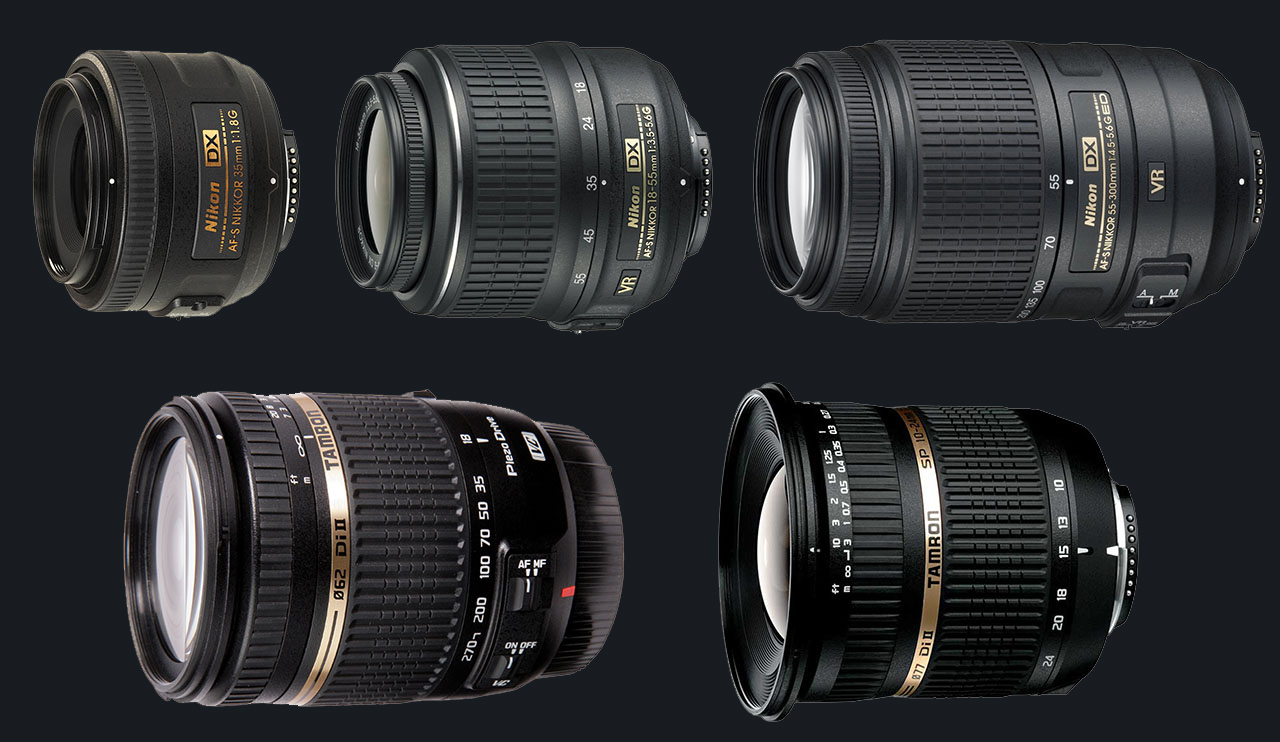
Olympus Tough TG-3
On snorkelling holidays I occasionally bought disposable underwater cameras, but was disappointed with the quality of the photos. Rather than buying an expensive underwater enclosure for one of my cameras, I decided to get a dedicated underwater point & shoot camera, and I decided on the Olympus Tough TG-3. It is a brilliant little camera with an aperture of F2.0, and is waterproof to 10m, and can be dropped from 2m apparently, and left in the sand on the beach. If used in the sunshine you need to stop it down, as the maximum shutter speed is 1/2000s, and at F2.0 you will overexpose your photos.

Nikon D750
After 4 years of using the D3200 and around 100,000 photos, I decided it was time for an upgrade. After a lot of research, and for various reasons I won’t go into here I decided on the Nikon D750. I love this camera! It has a nice deep grip; lots of customisable controls; a newer better 24MP sensor; 3D focus tracking; and many other nice features that I wanted. It is a fullframe (FX) camera and is slightly better than the ‘cropped sensor’ (DX) range when it comes to image quality, depth of field, and sensitivity. It also has a screen that can pivot up and down, for those difficult shots.
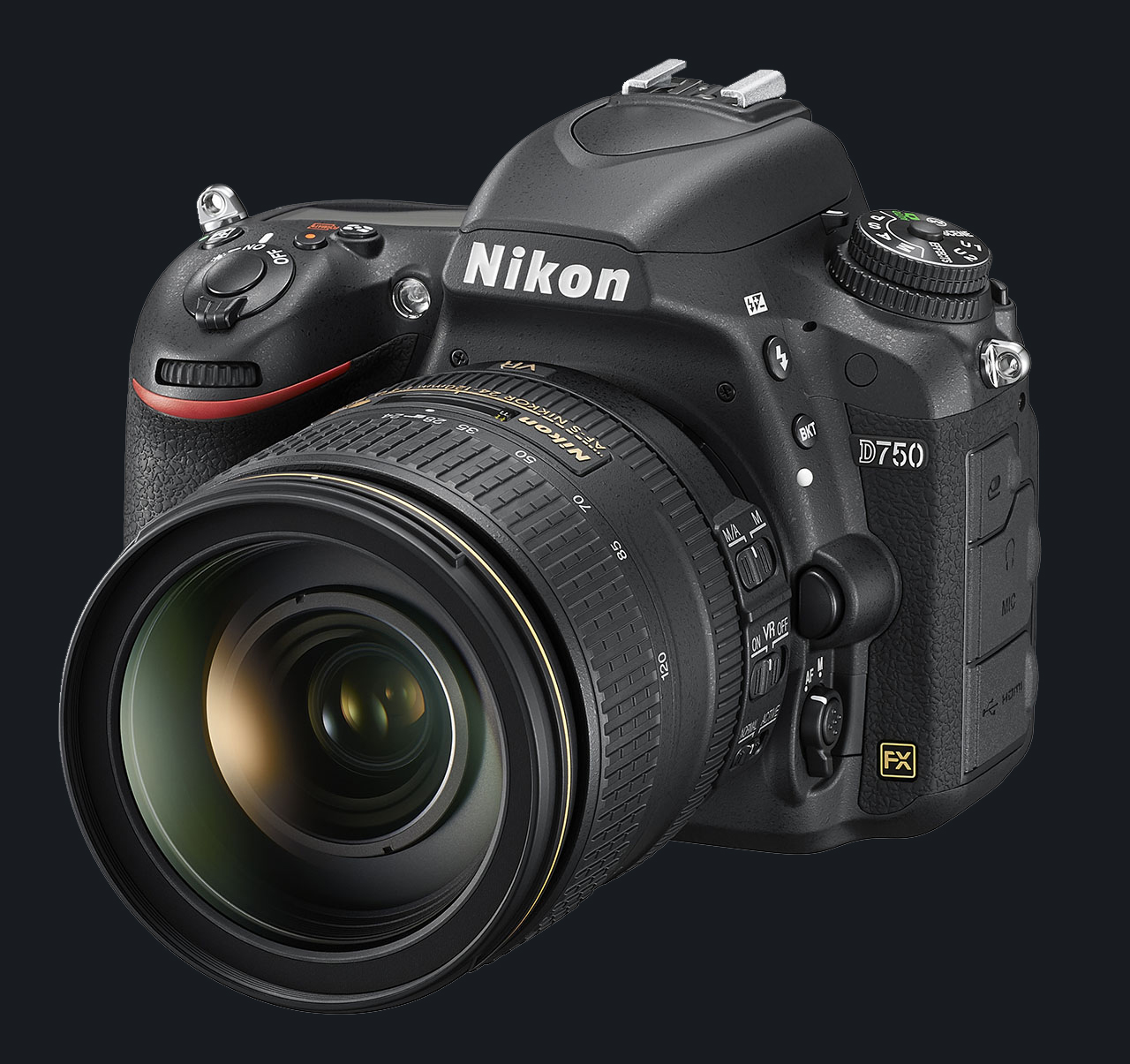
I wanted a lens I could walk around with, and have wide angle and telephoto zoom all in one, so I got the Nikkor 23-300mm lense to start with. I also purchased the Tamron 150-600mm telephoto zoom as I love taking photos of wildlife, including birds in flight. A lot of people are saying that this is a good lens and I am amazed at the photos I have taken with it. I am not a professional photographer, nor do I have experience with a lot of different cameras and lenses, but this lens feels good and is generally brilliant!
I subsequently bought the 18-35mm lens for wide angles, and the 24-85mm for a standard zoom lens where I don’t need extended zoom.
I have a wishlist of lenses that I would like in the future, funds permitting. They include the Nikkor 16-35mm F4.0; Nikkor 24-120 F4.0 (this is supposed to be better than the 28-300mm, for when I don’t need the reach – maybe); Nikkor 70-200mm F4.0; and some primes, starting with the Nikkor 35mm F1.8. I am not considering getting the legendary 24-70mm F2.8 at this point, although that may change in the future. I may look at Tamron variants, but this will need research.
The FX lenses I have currently are as follows:
- AF-S Nikkor 50mm F1.8G
- AF-S Nikkor 28-300 F3.5-5.6G
- AF-S Nikkor 24-85mm F3.5-4.5G
- AF-S Nikkor 18-35mm F3.5-4.5G
- Tamron 150-600mm F5-6.3 Di VC USD

Insta360
To create the cylindrical panoramas on my Panoramas page, I took a number of overlapping photos along a horizontal plane and then stitched them together. See Panoramas below for more info. For capturing 360° spherical panoramas, I used to rely on the PhotoSphere feature in my Samsung phone’s camera, but sadly Samsung removed that functionality. Although it was a painful process, I preferred it to nothing. Dedicated 360° cameras have been around for a while now (as of 2024), and the quality, features, phone app and desktop software have matured to the point that they produce good quality photos and video, but still obviously not as good as taking separate photos with a DSLR and stitching them together.
After reviewing various makes and models I decided to get myself an Insta360 camera, which captures an 8K image, although this is spread around the full 360 degrees. The camera has a great phone app and desktop software, Insta360 Studio, which allows you to produce some creative images and video.
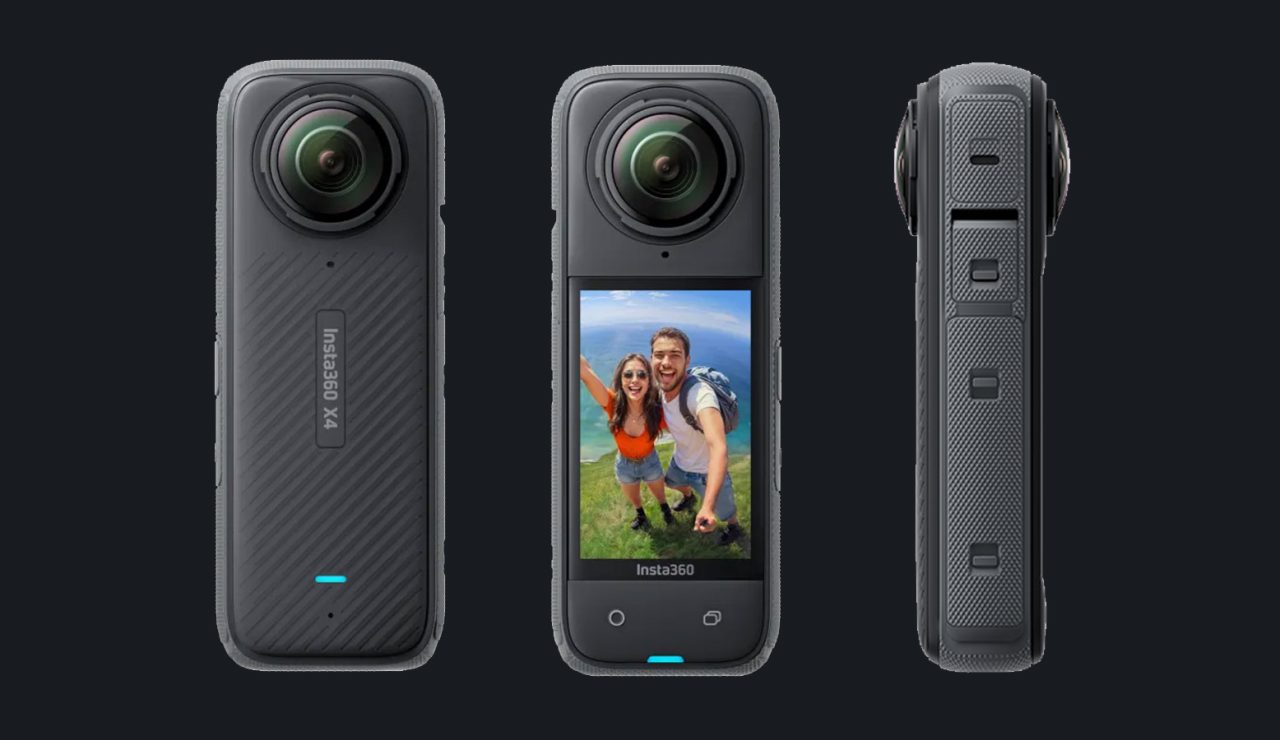
The desktop software, Insta360 Studio is great and allows you to create a lot of interesting effects from photos and video.
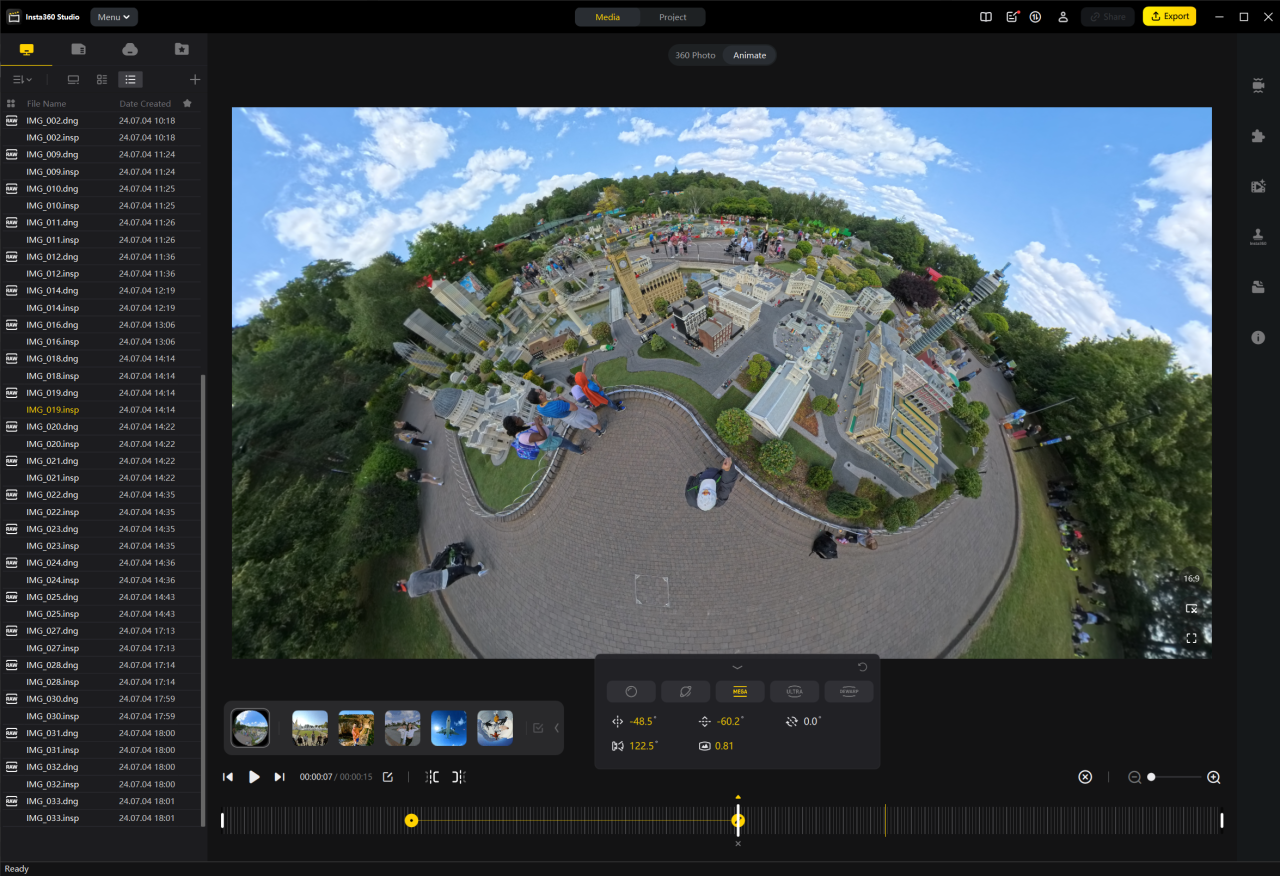
Phone Cameras
I have had a number of smart phones over the years. The technology has improved to the point that most people don’t bother with a separate point and shoot camera anymore. I currently (2024) have a Samsung Galaxy S22 Ultra which produces brilliant photos, but they are nowhere near a match for a full frame DSLR. I do use my phone’s camera if I don’t have my DSLR with me, or if I want to take a photo to share with someone immediately. There are definitely some advantages to using the phone camera.
